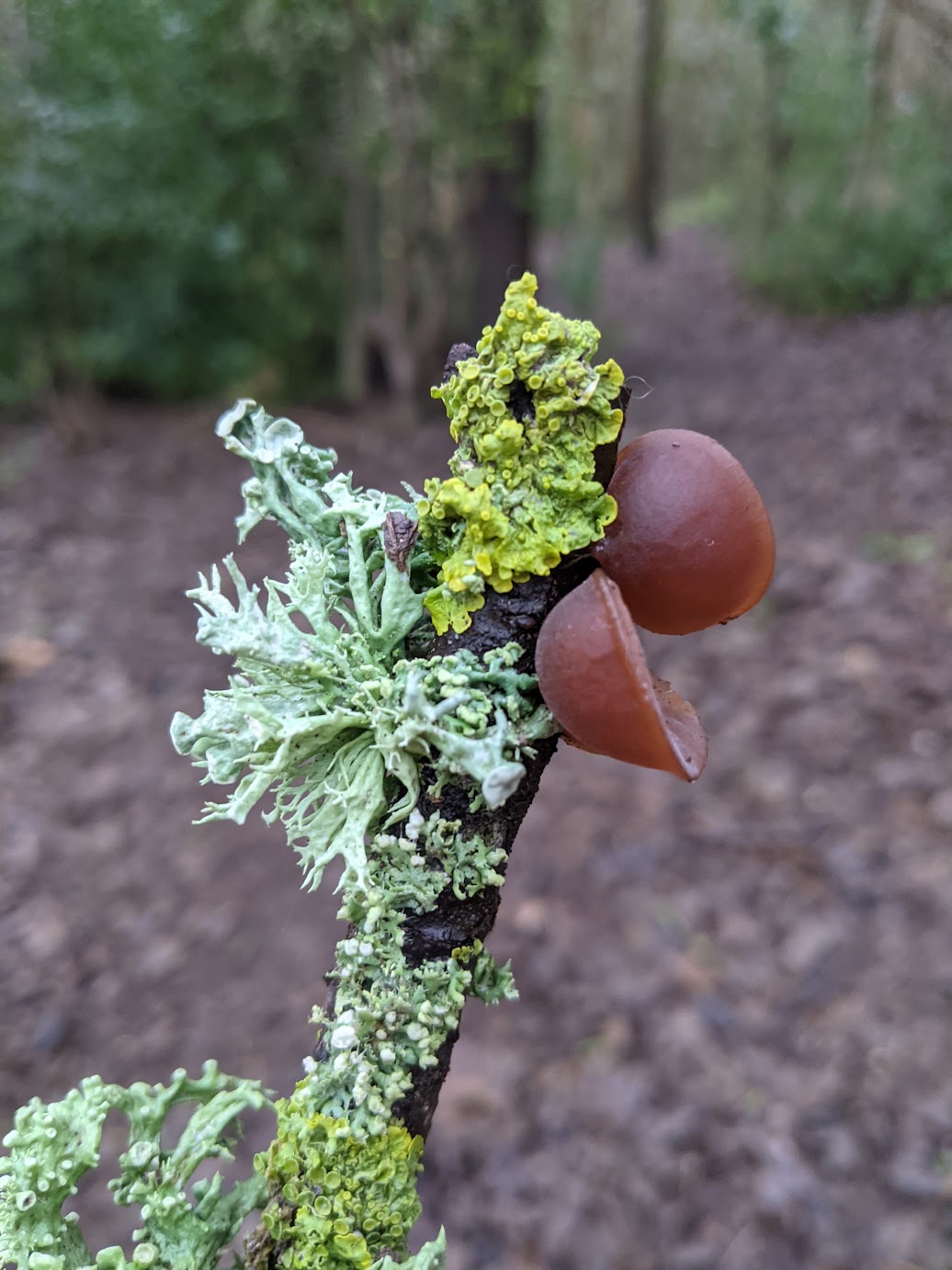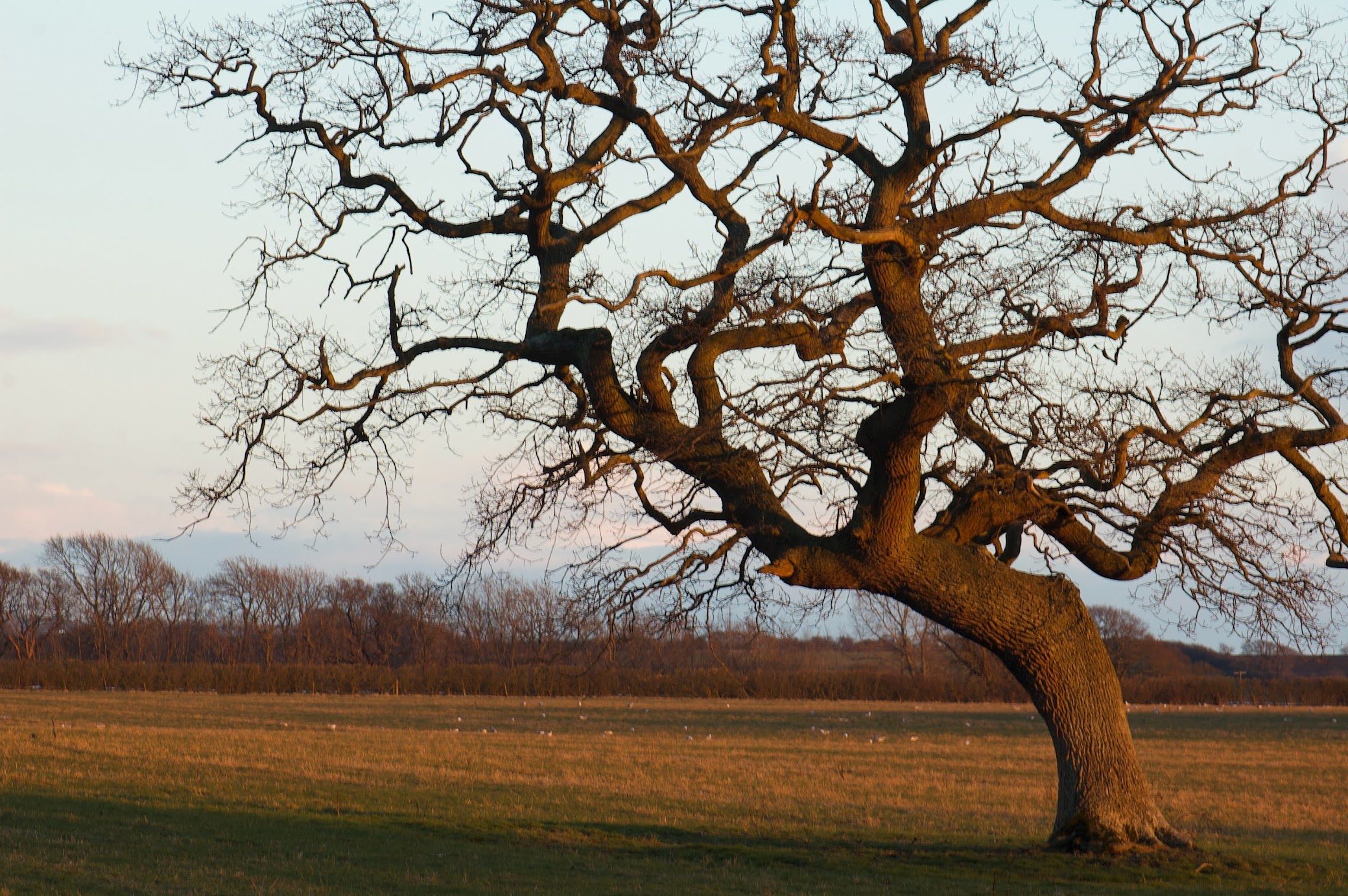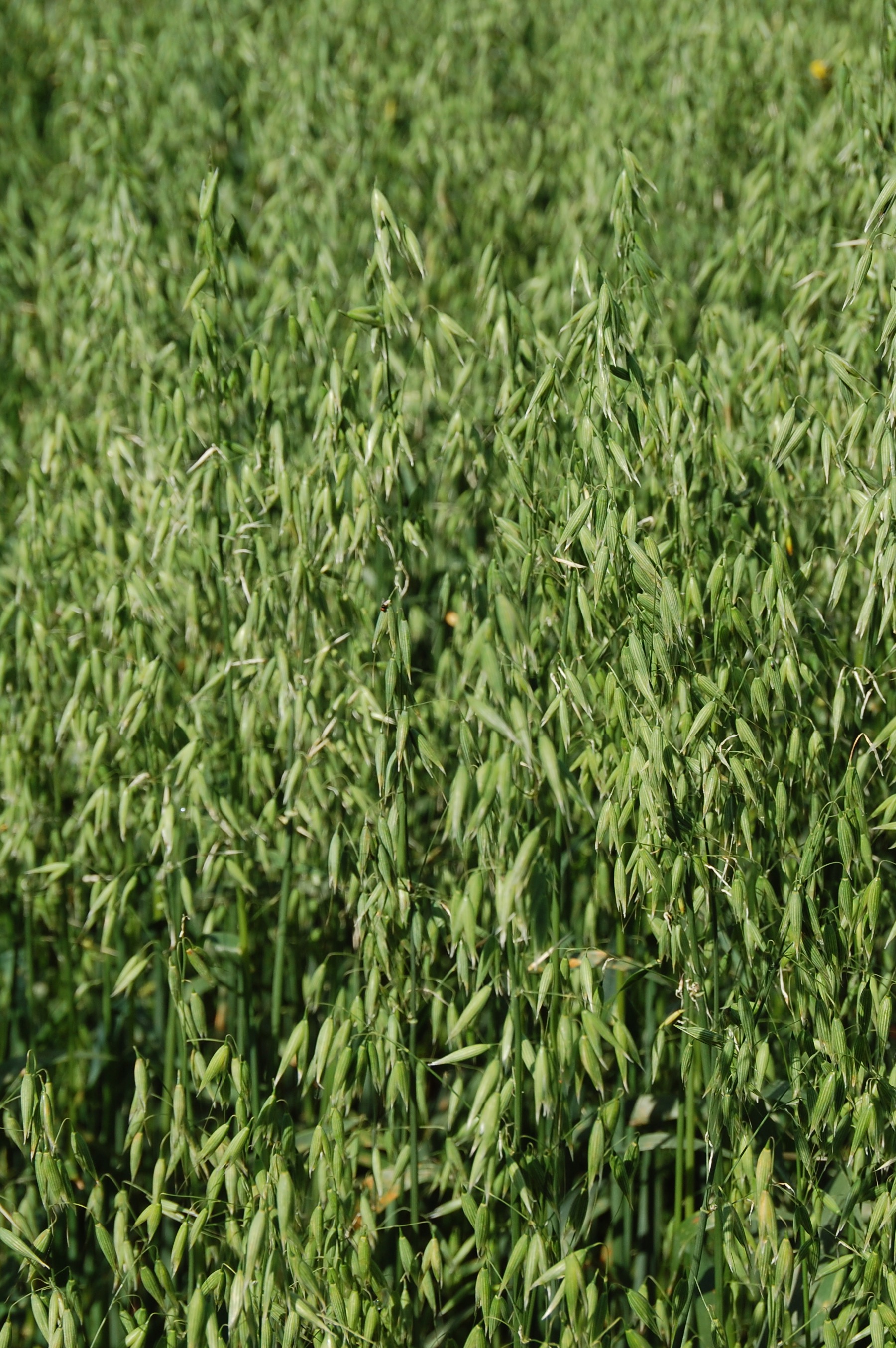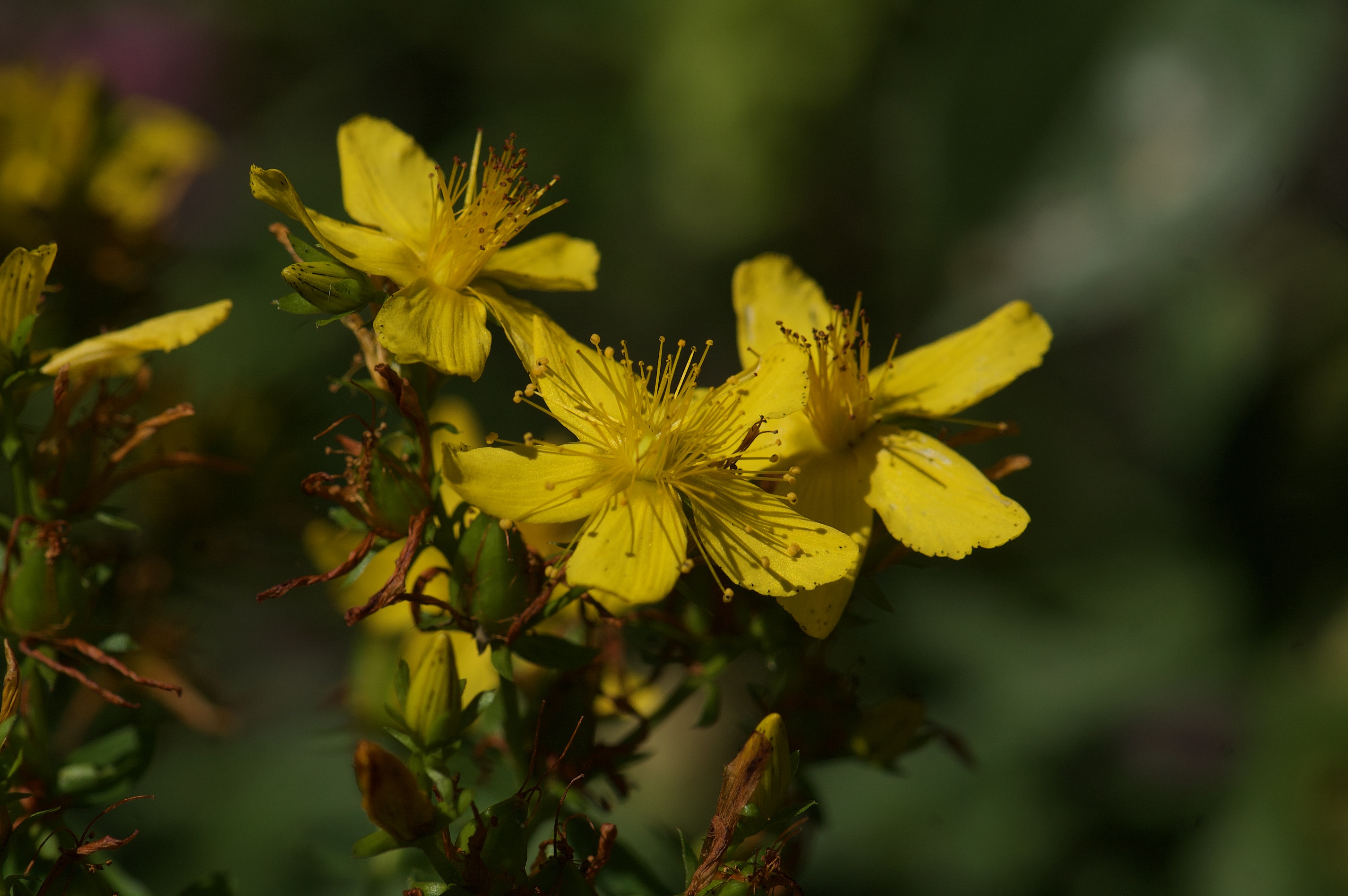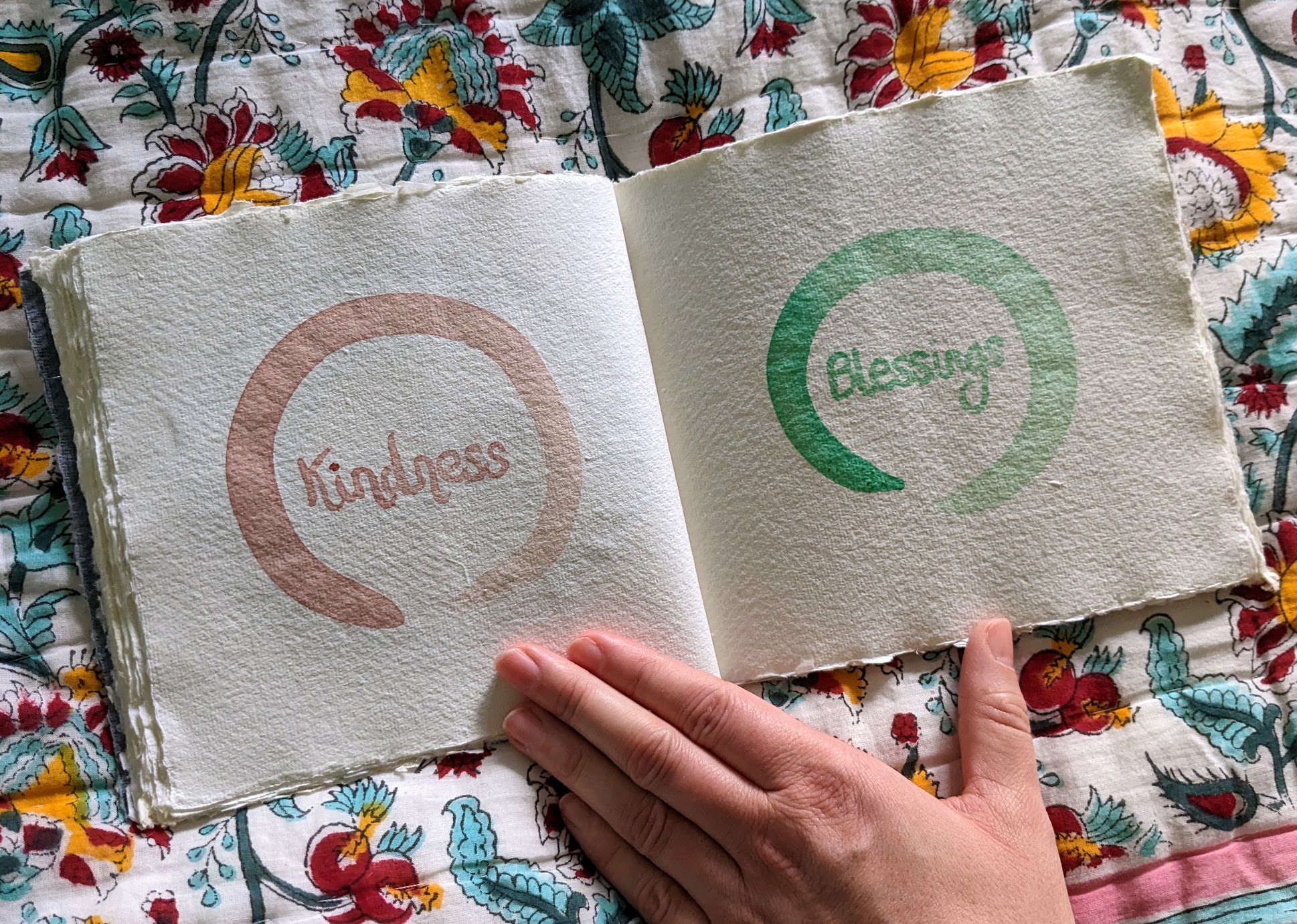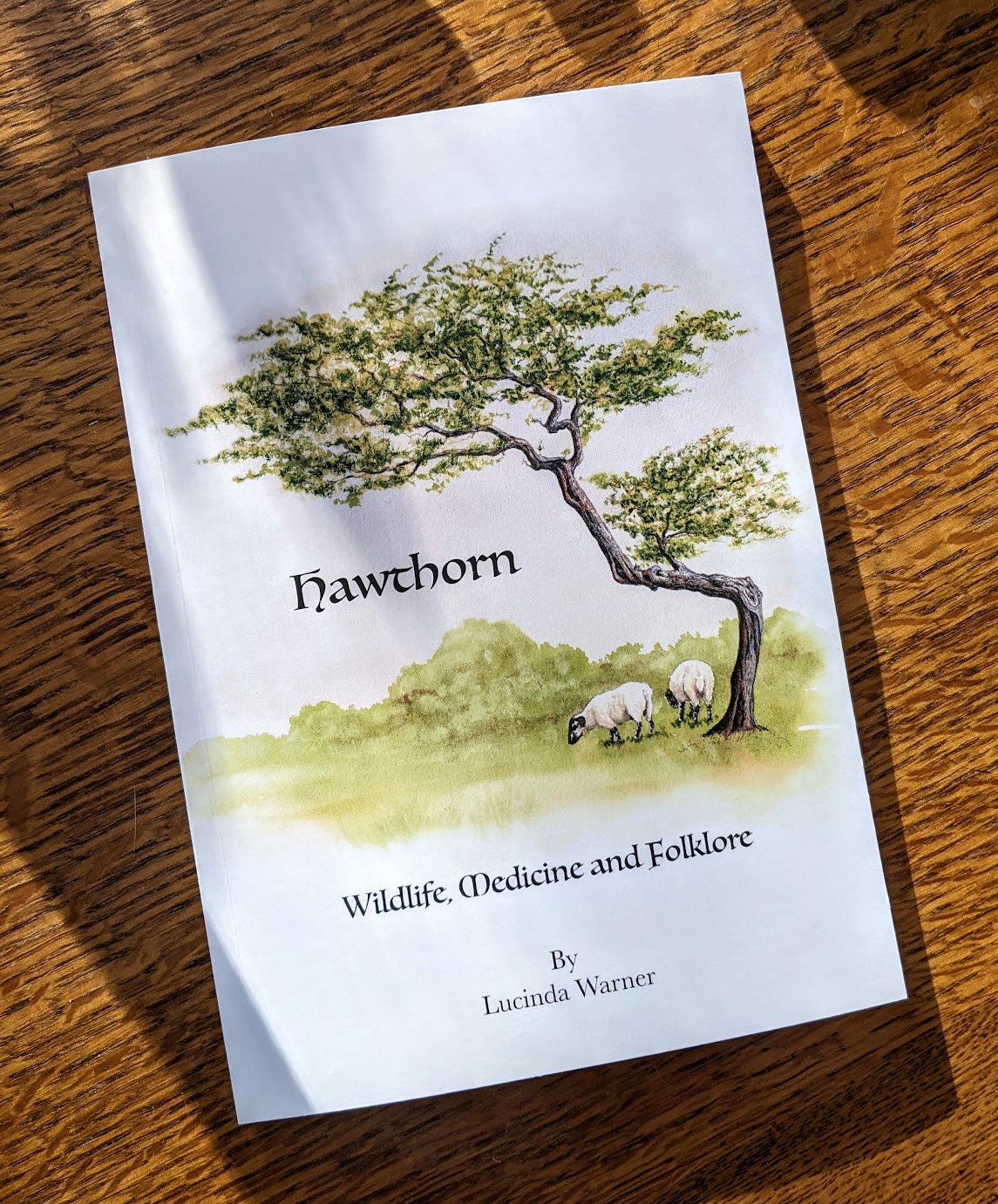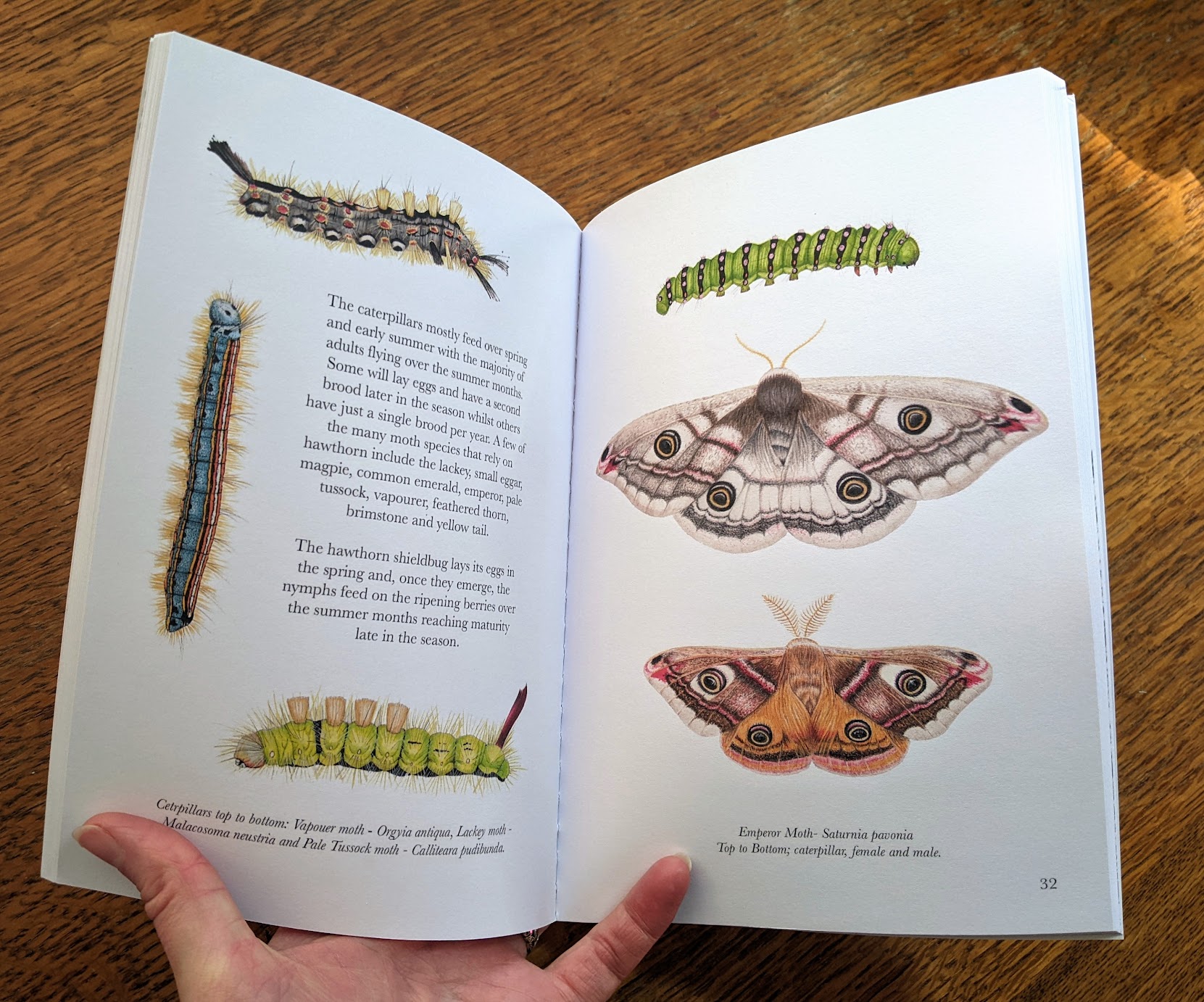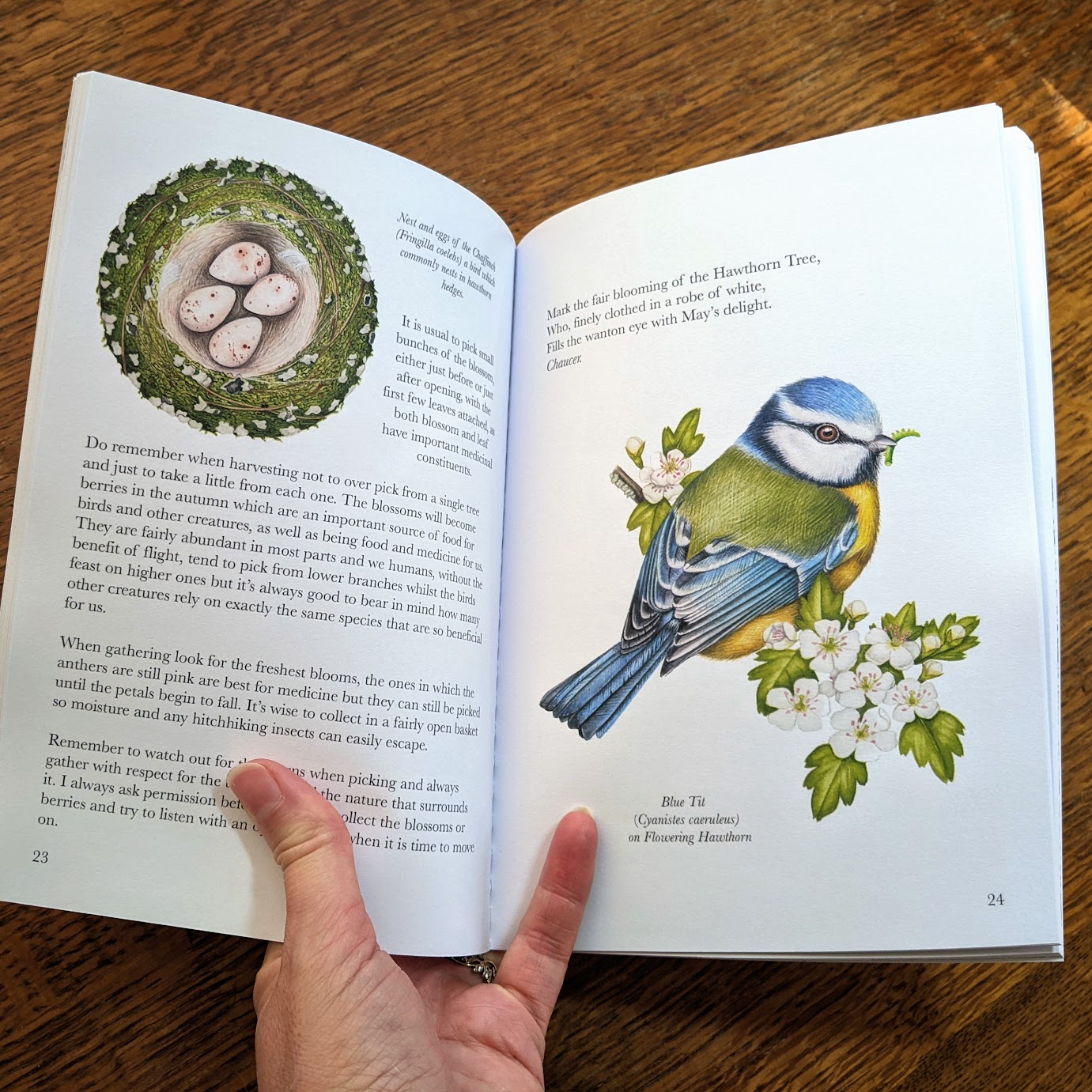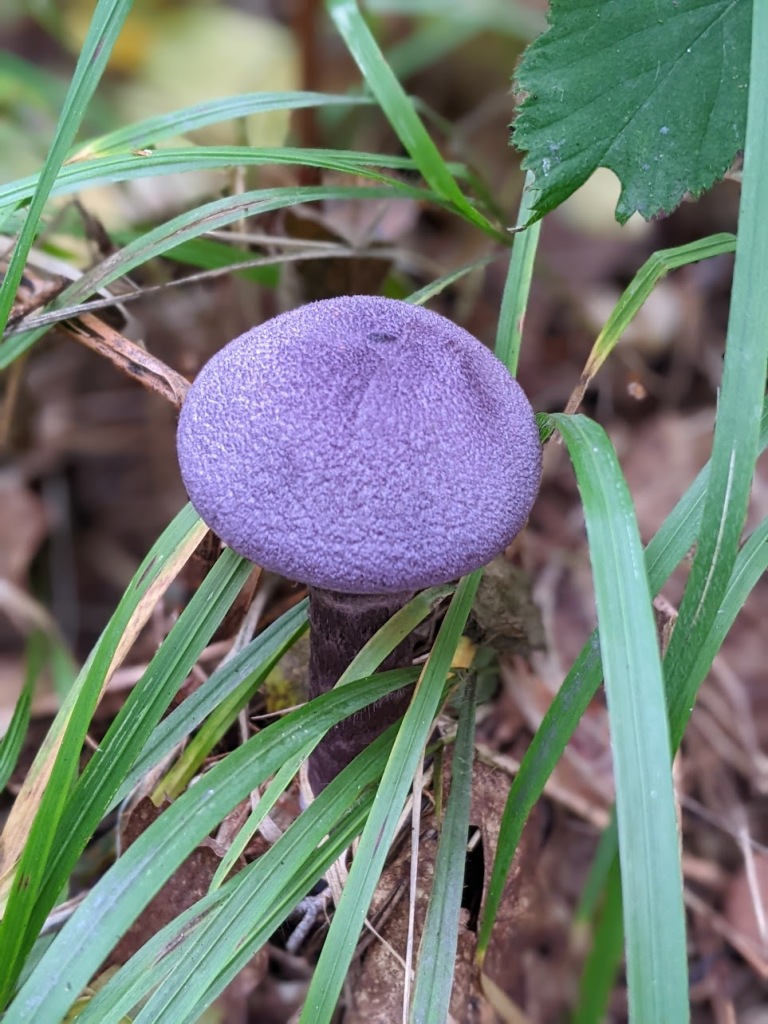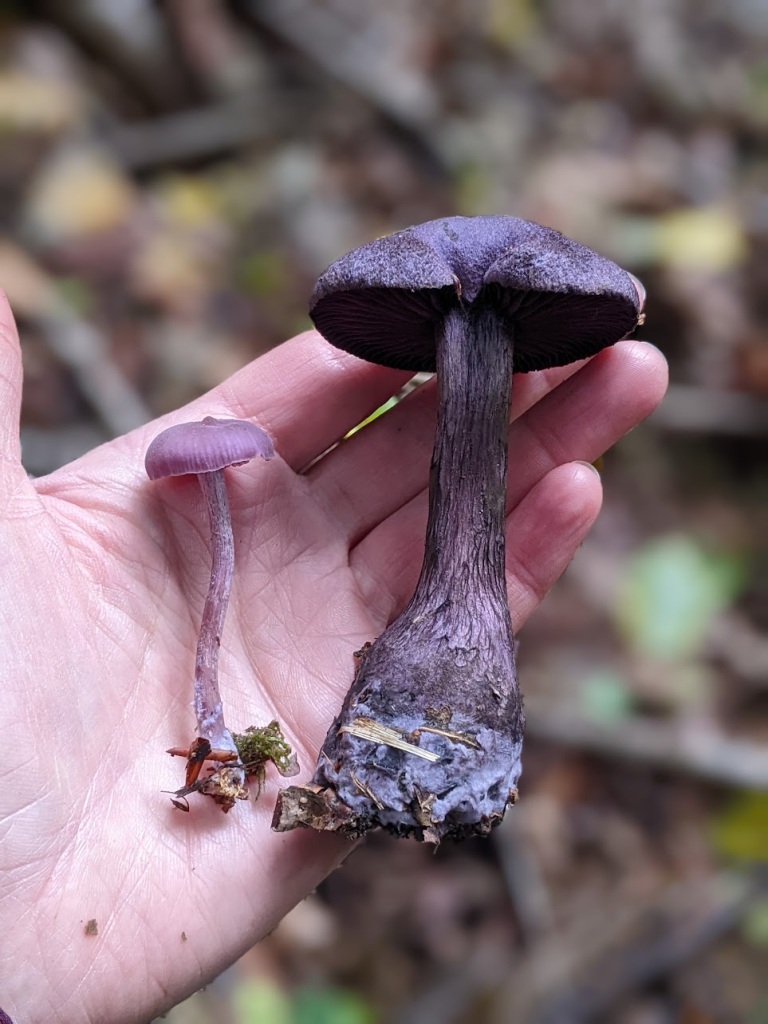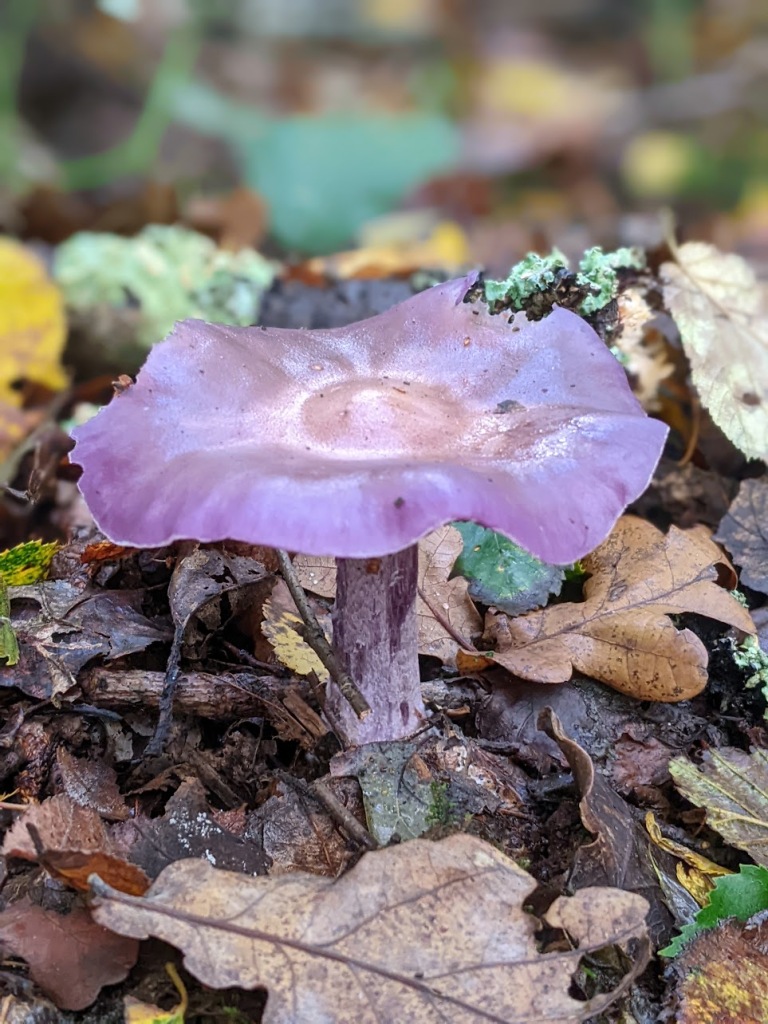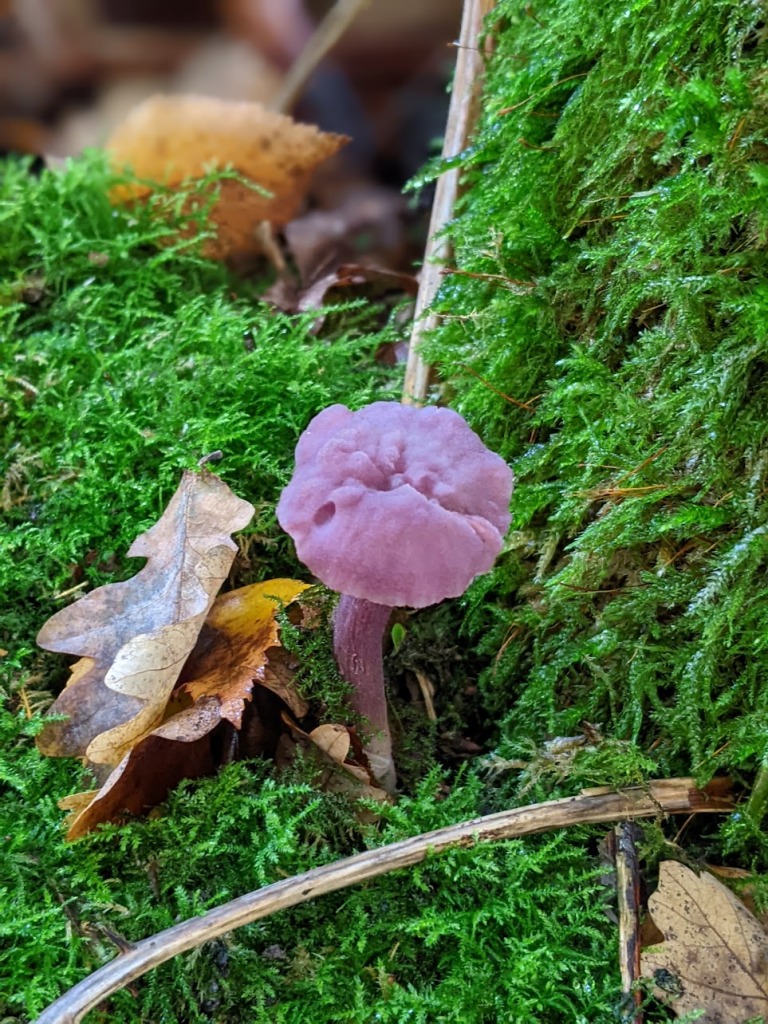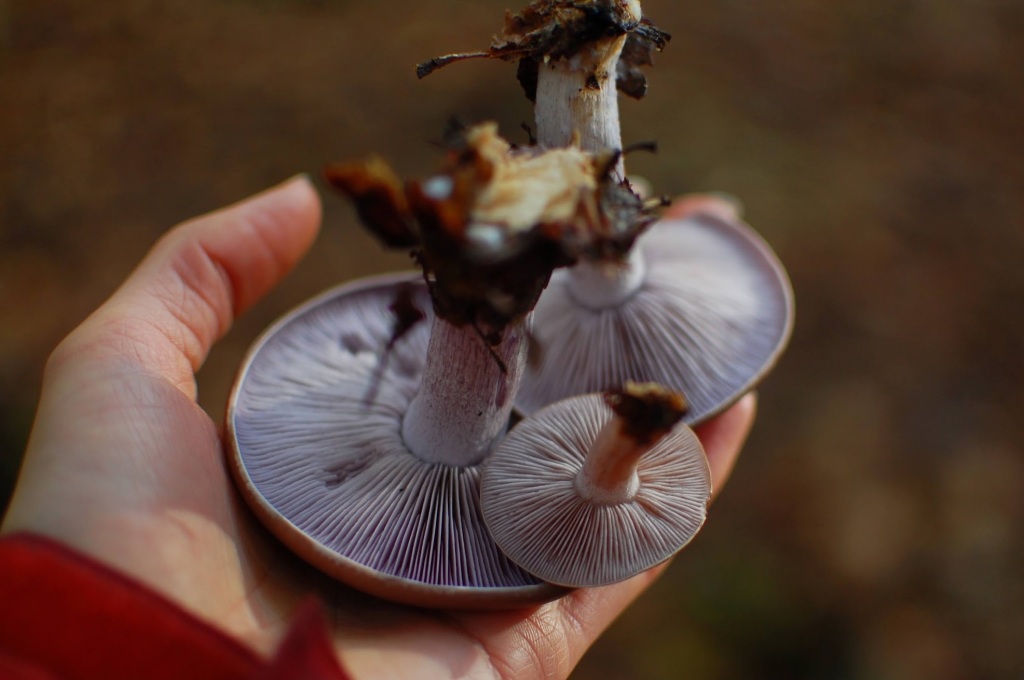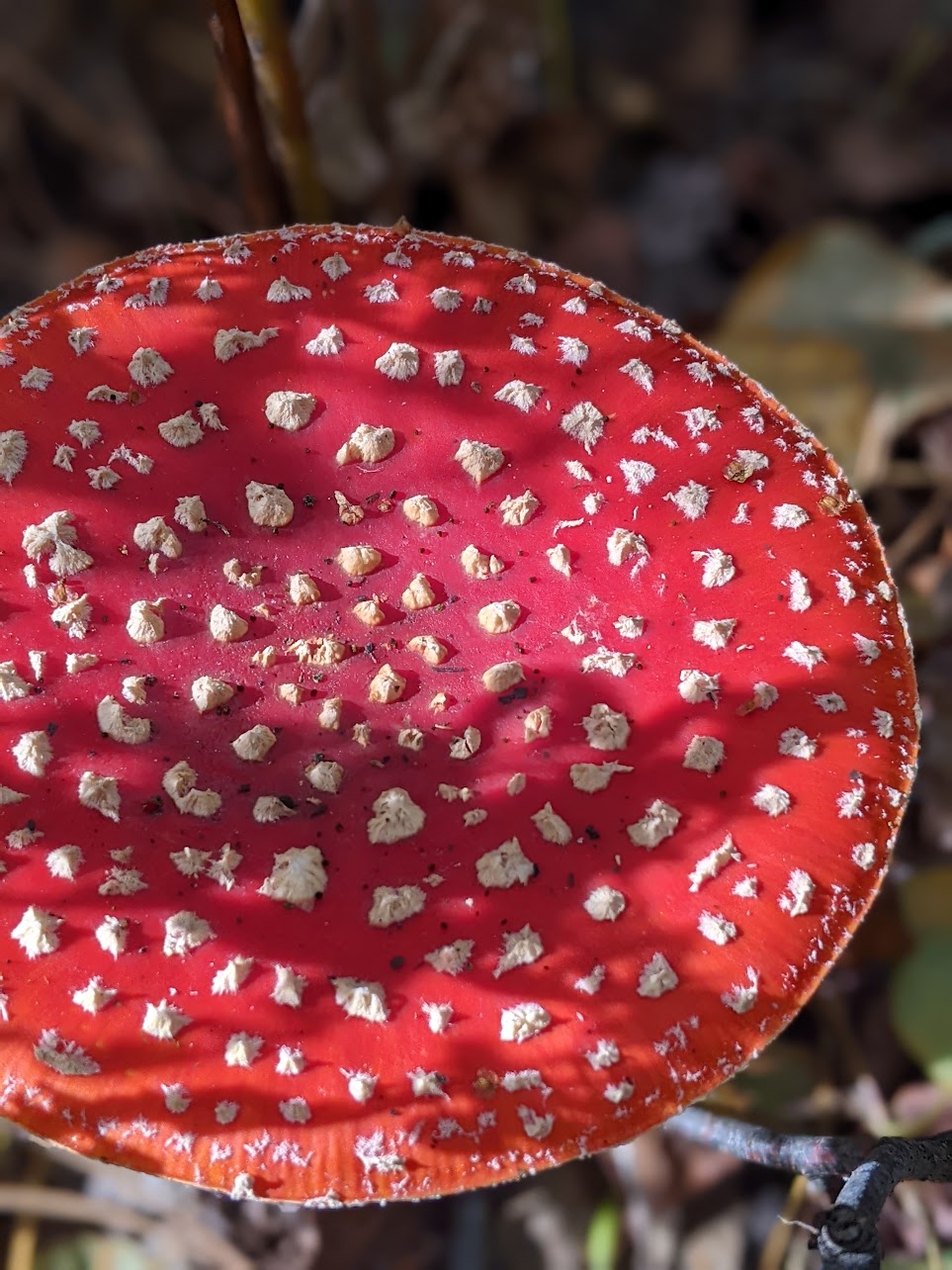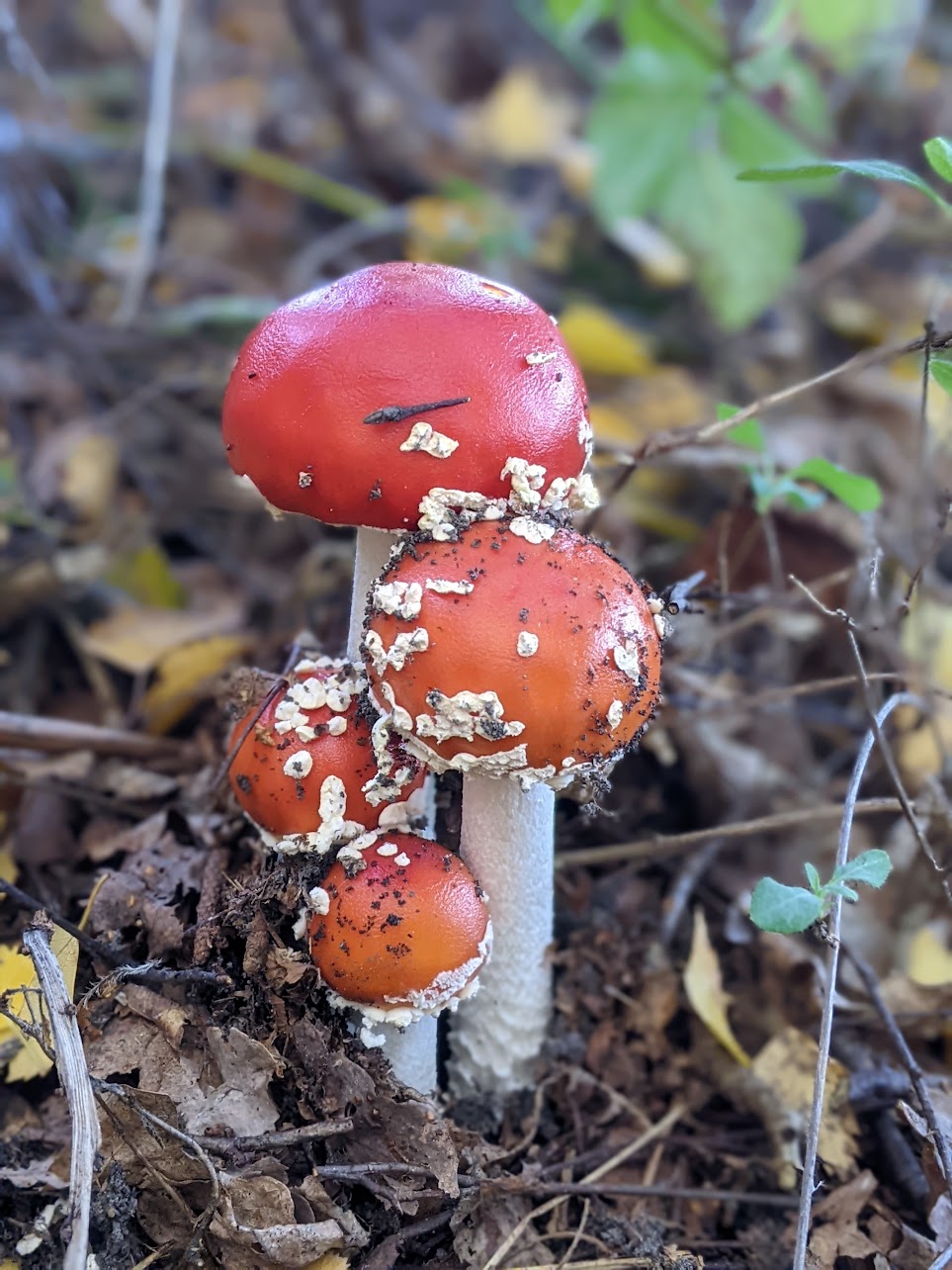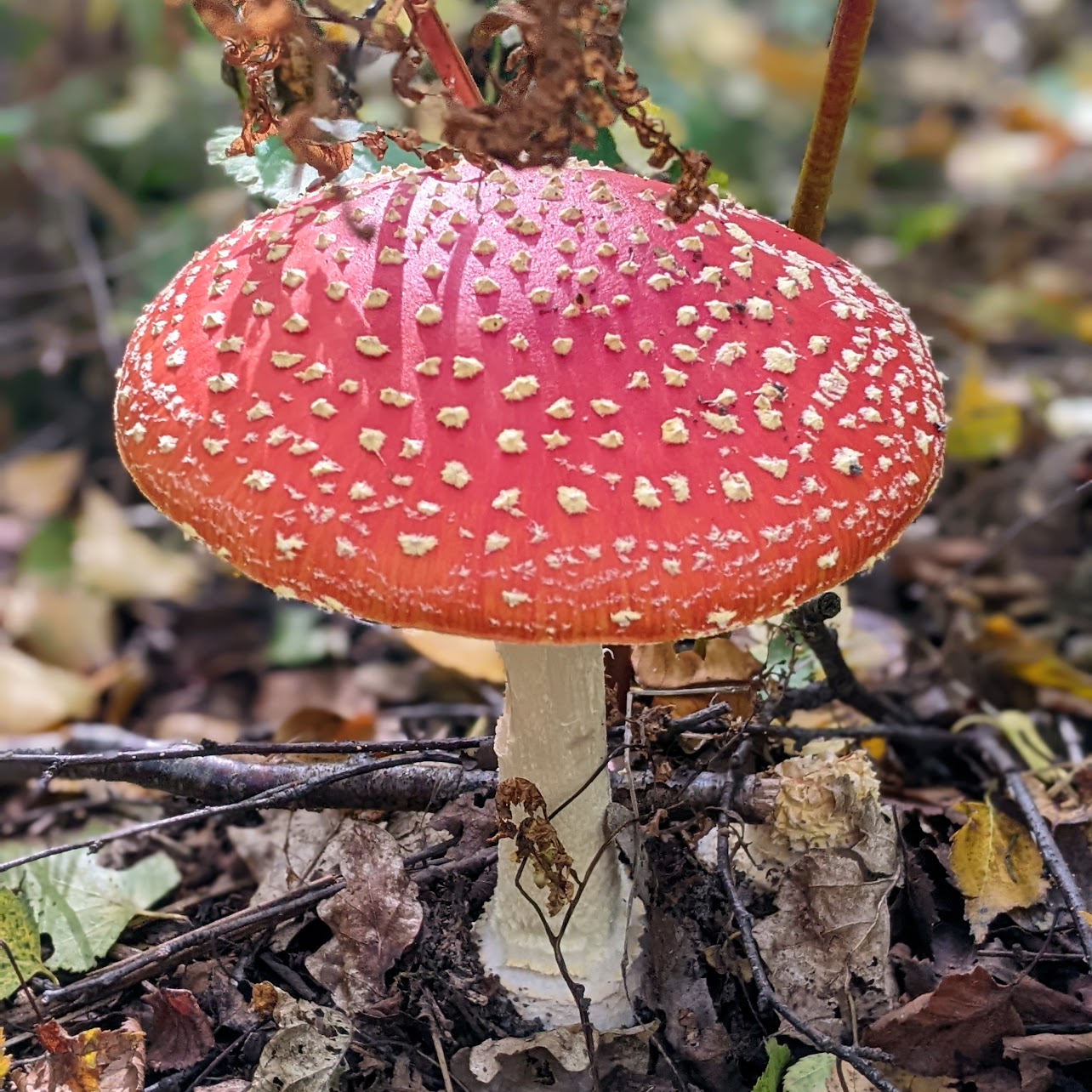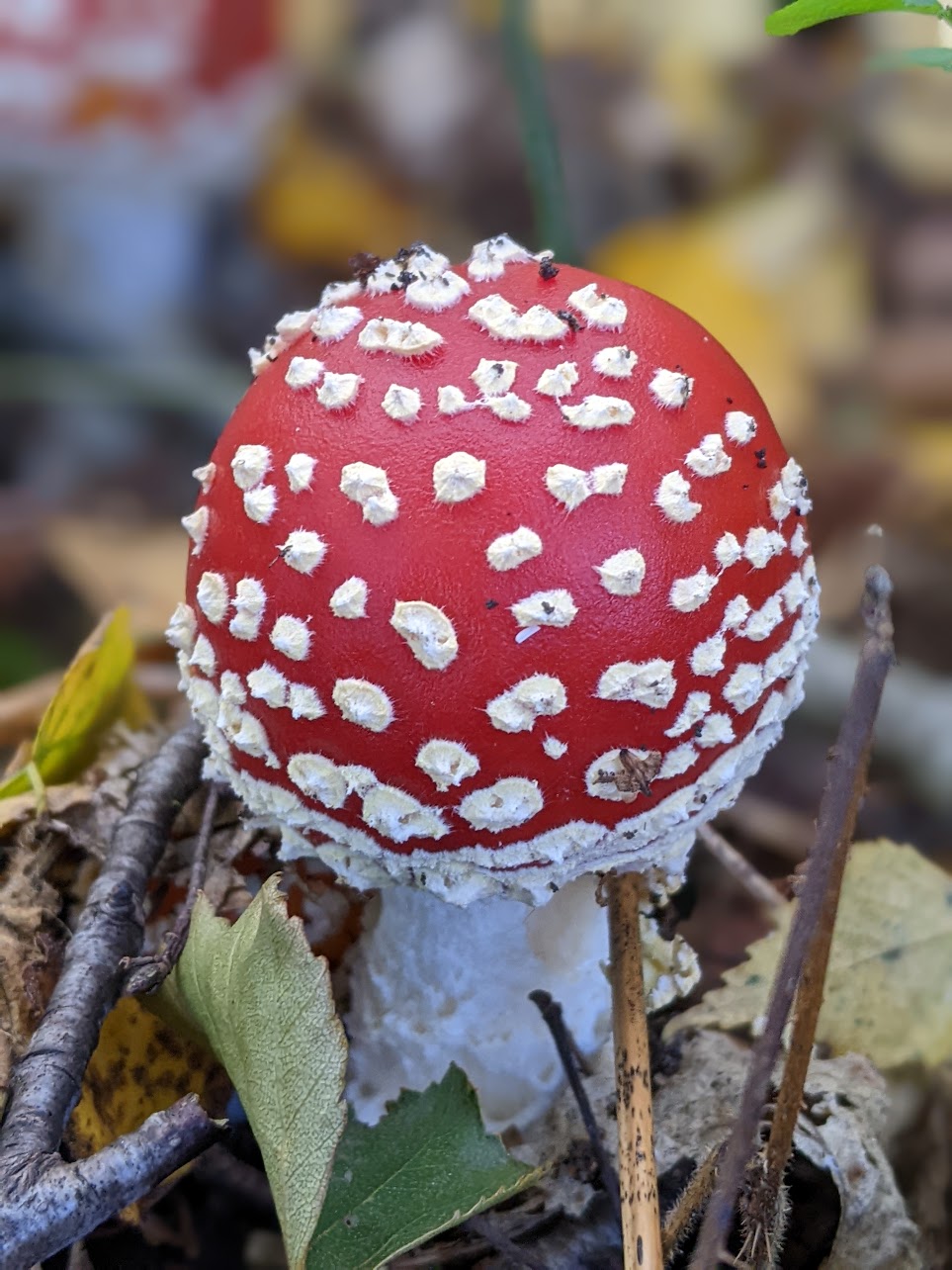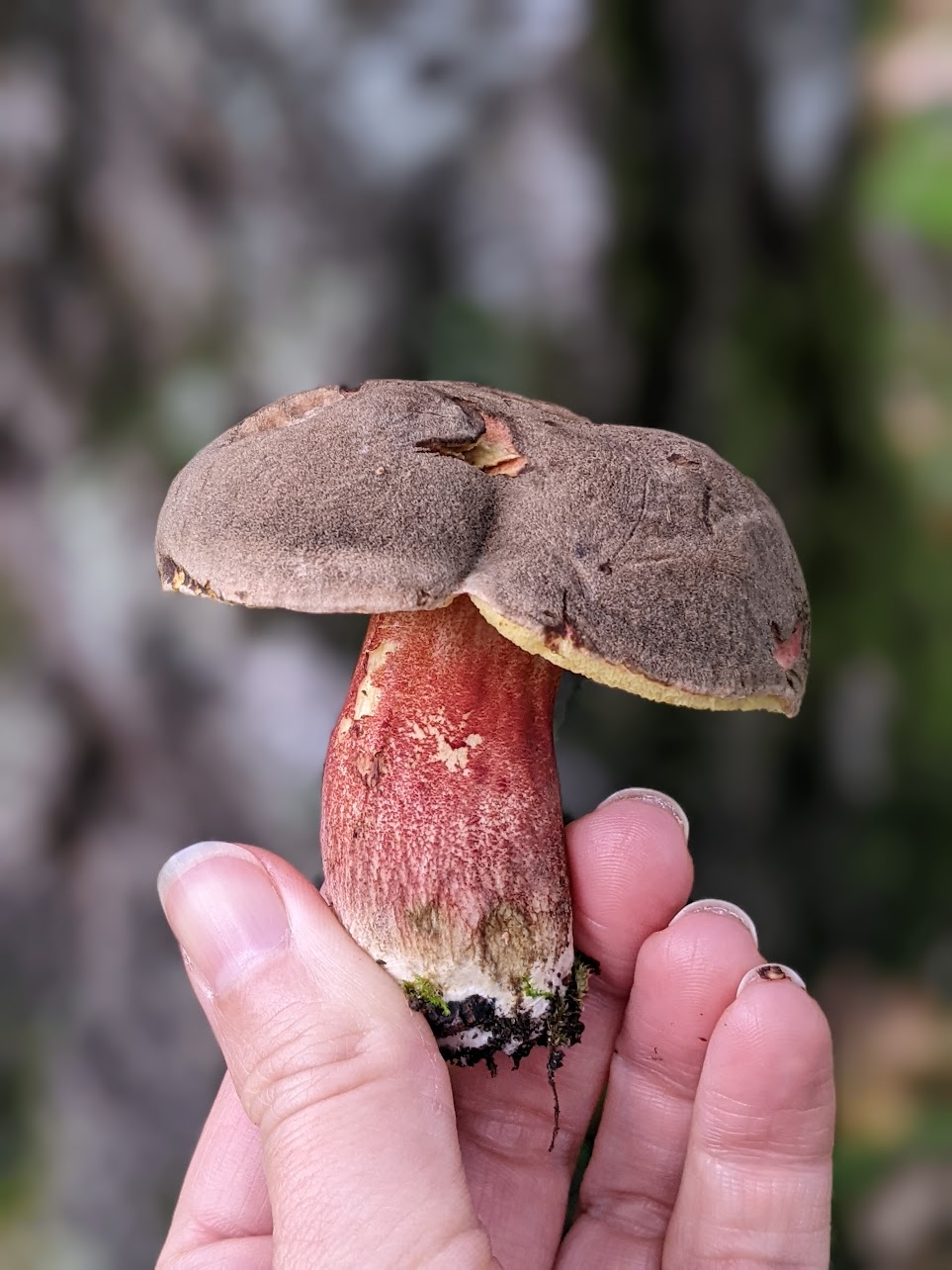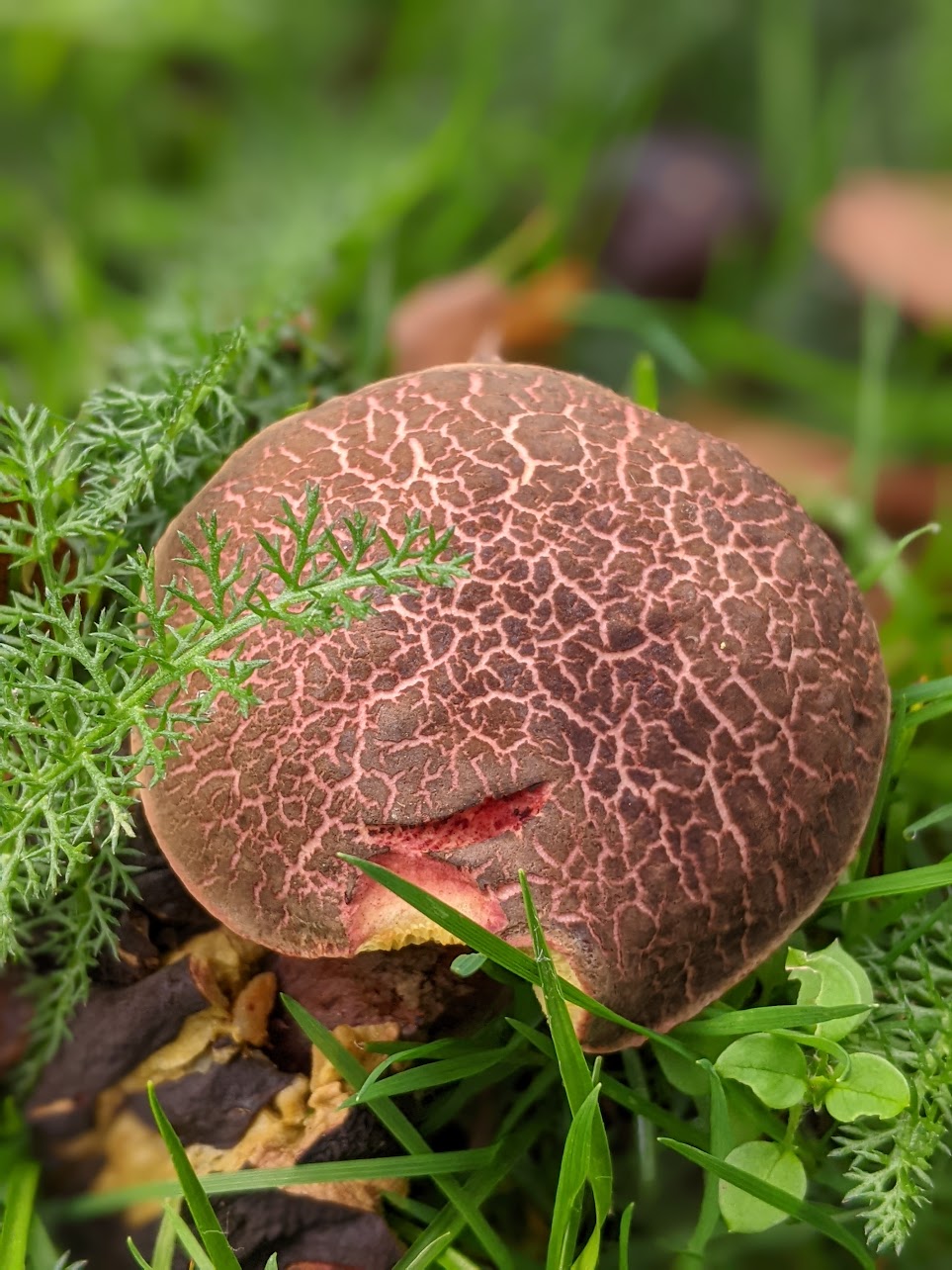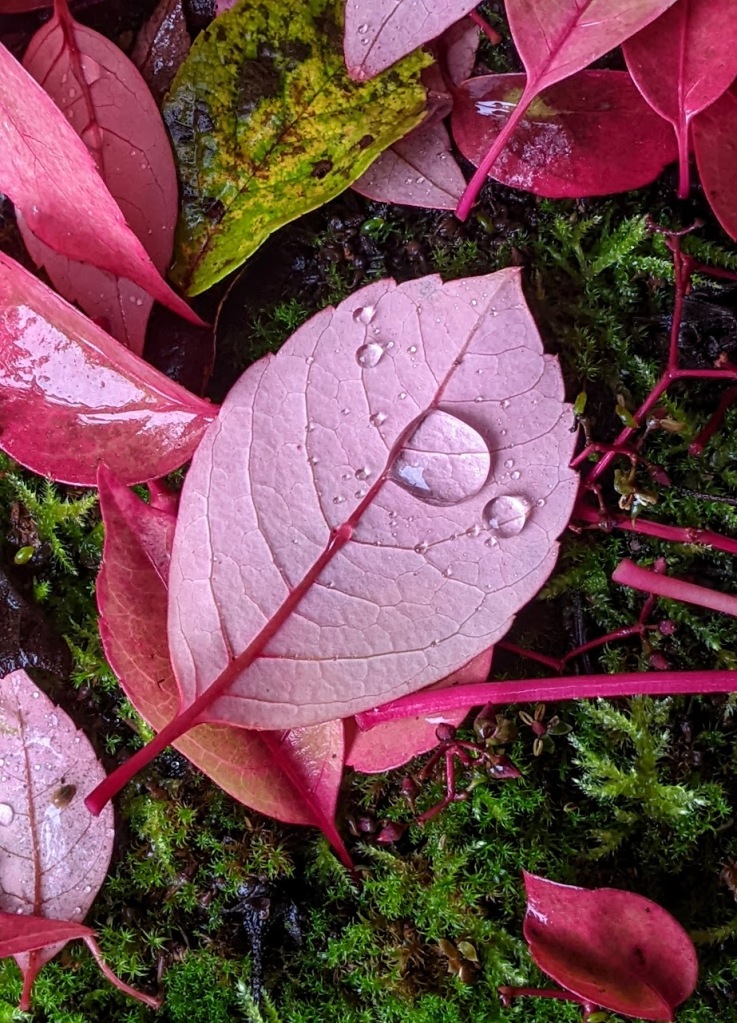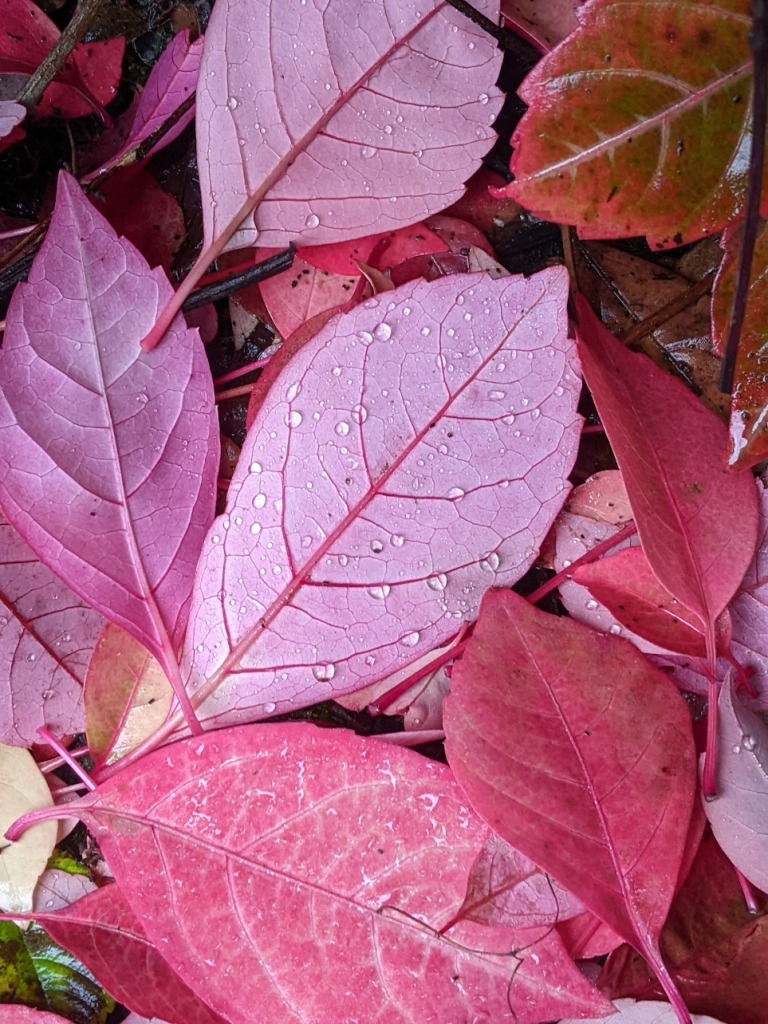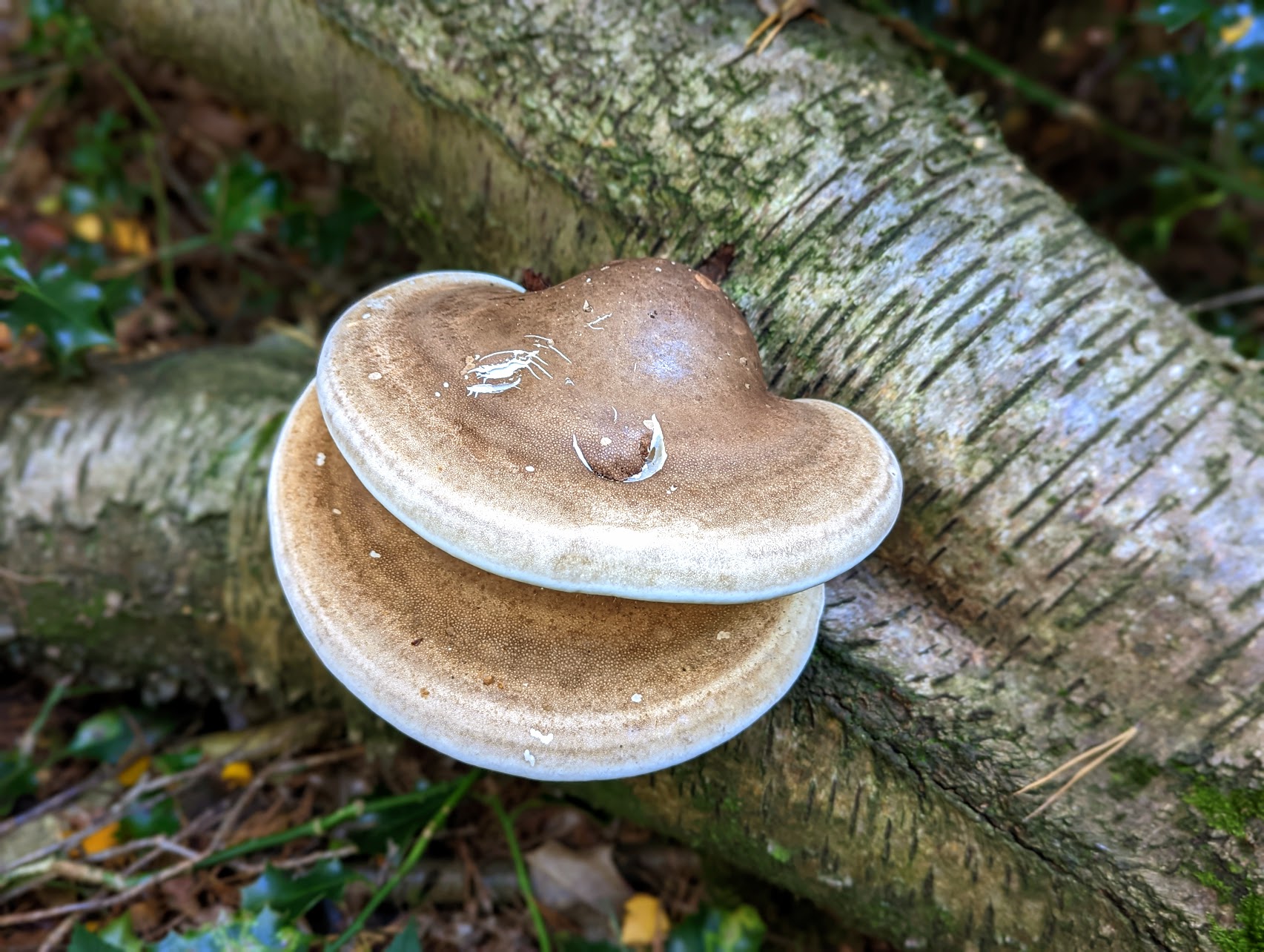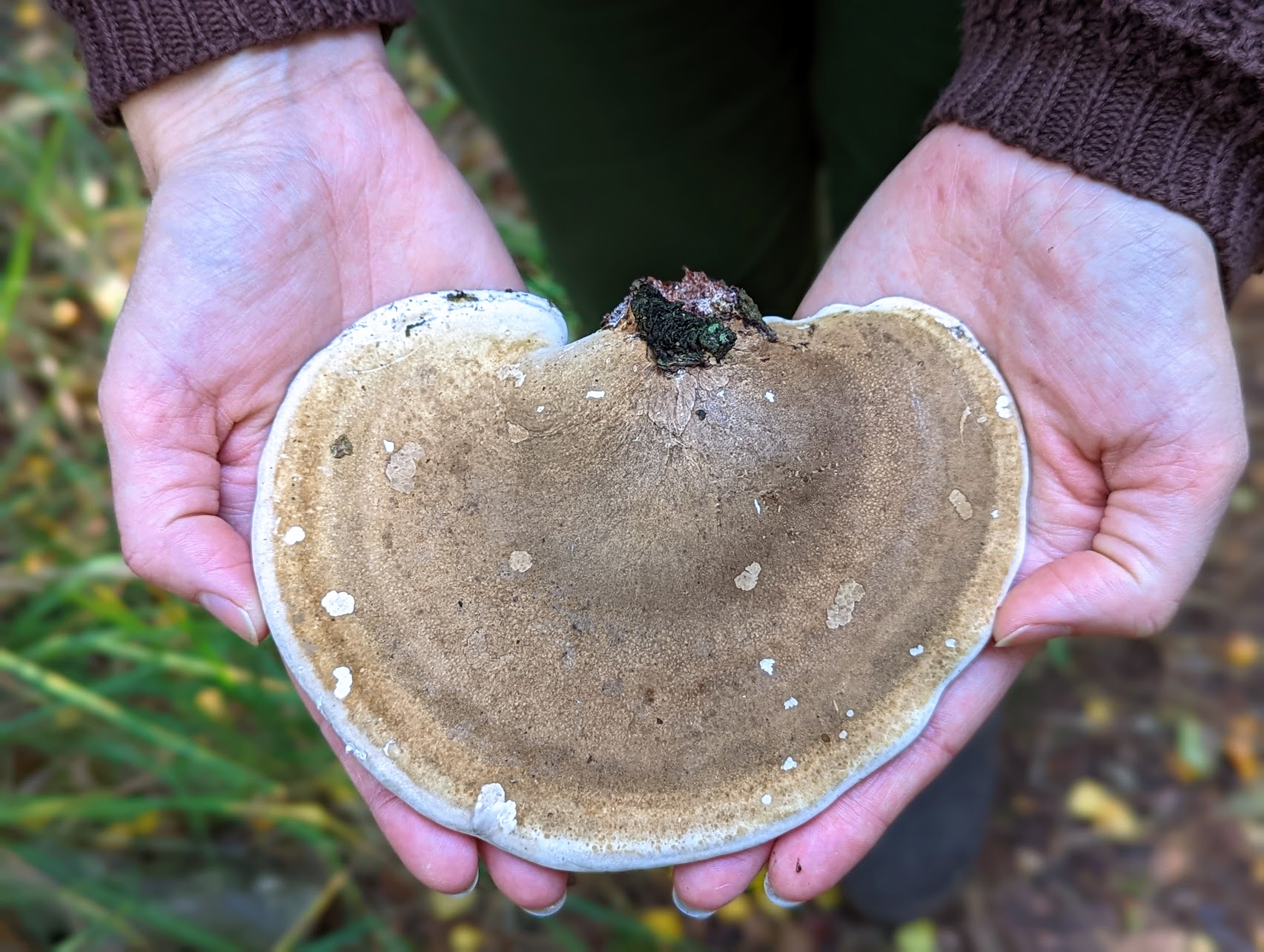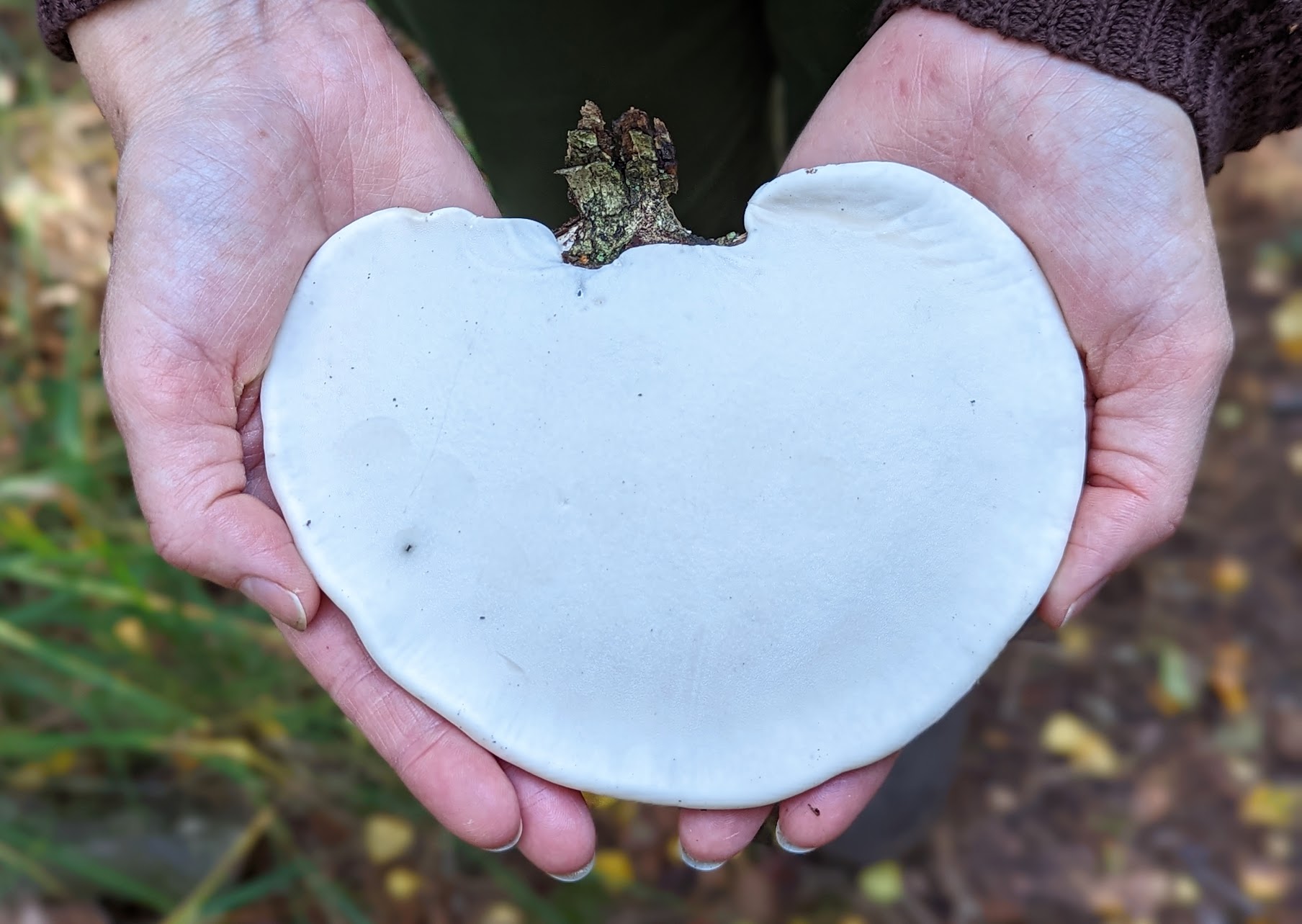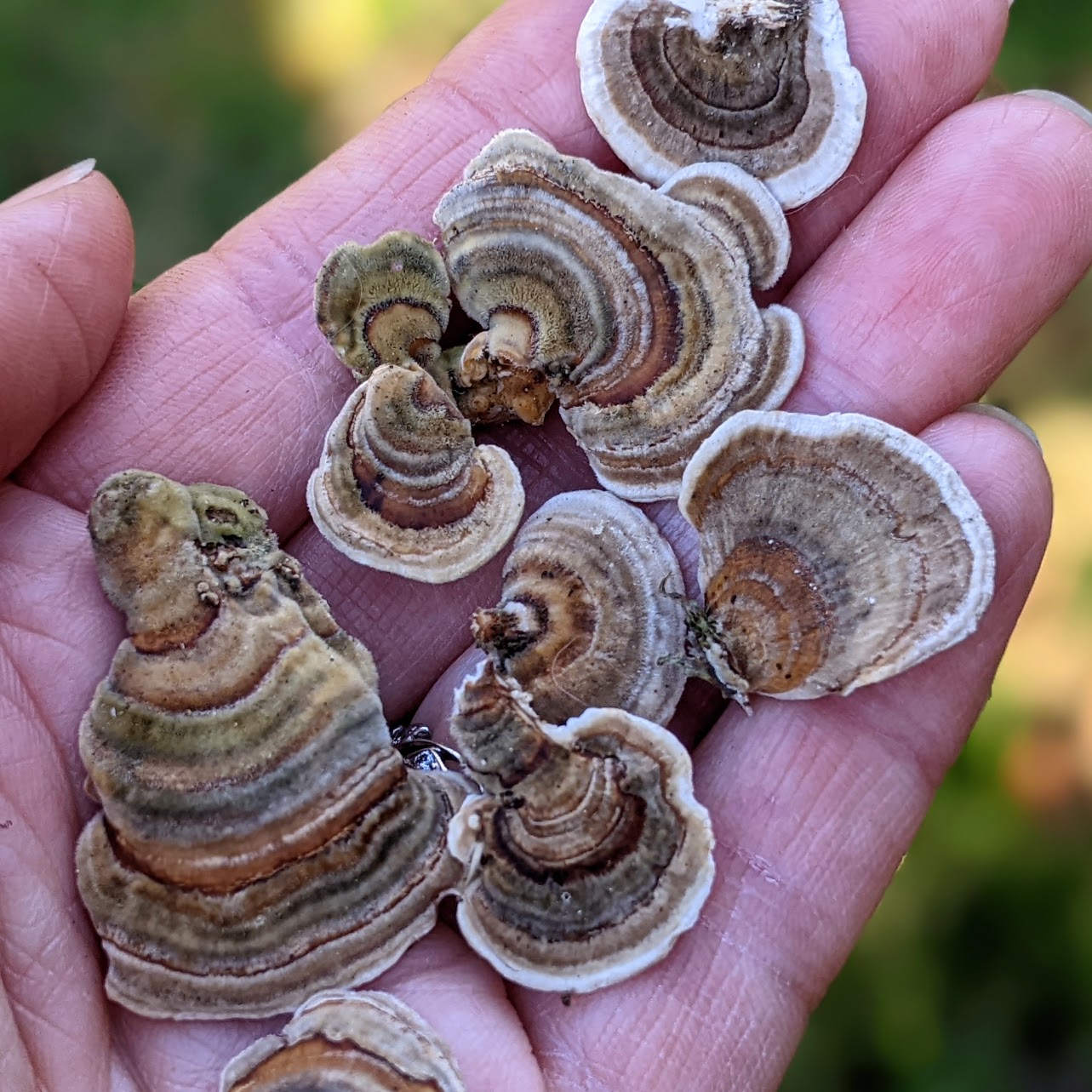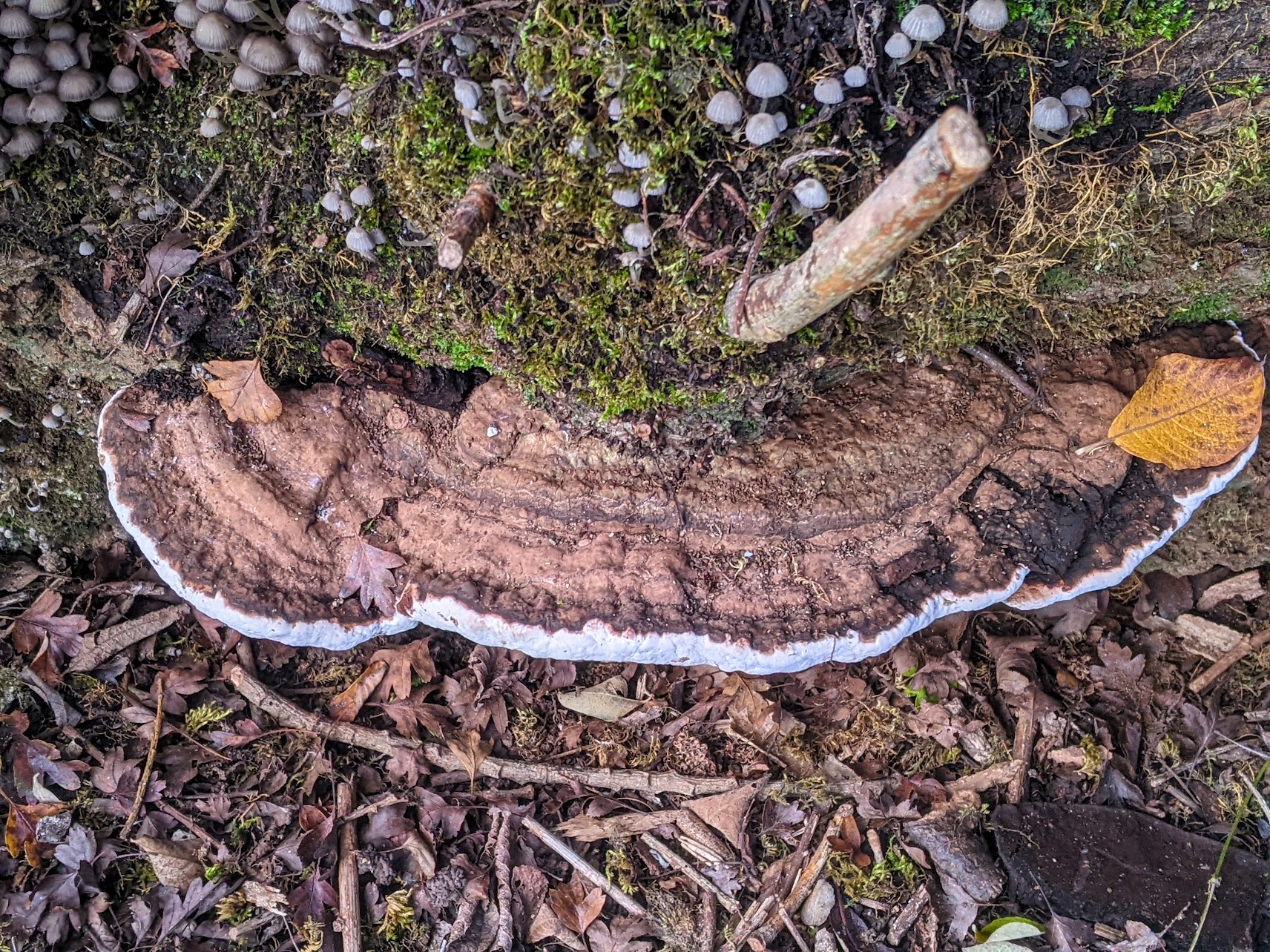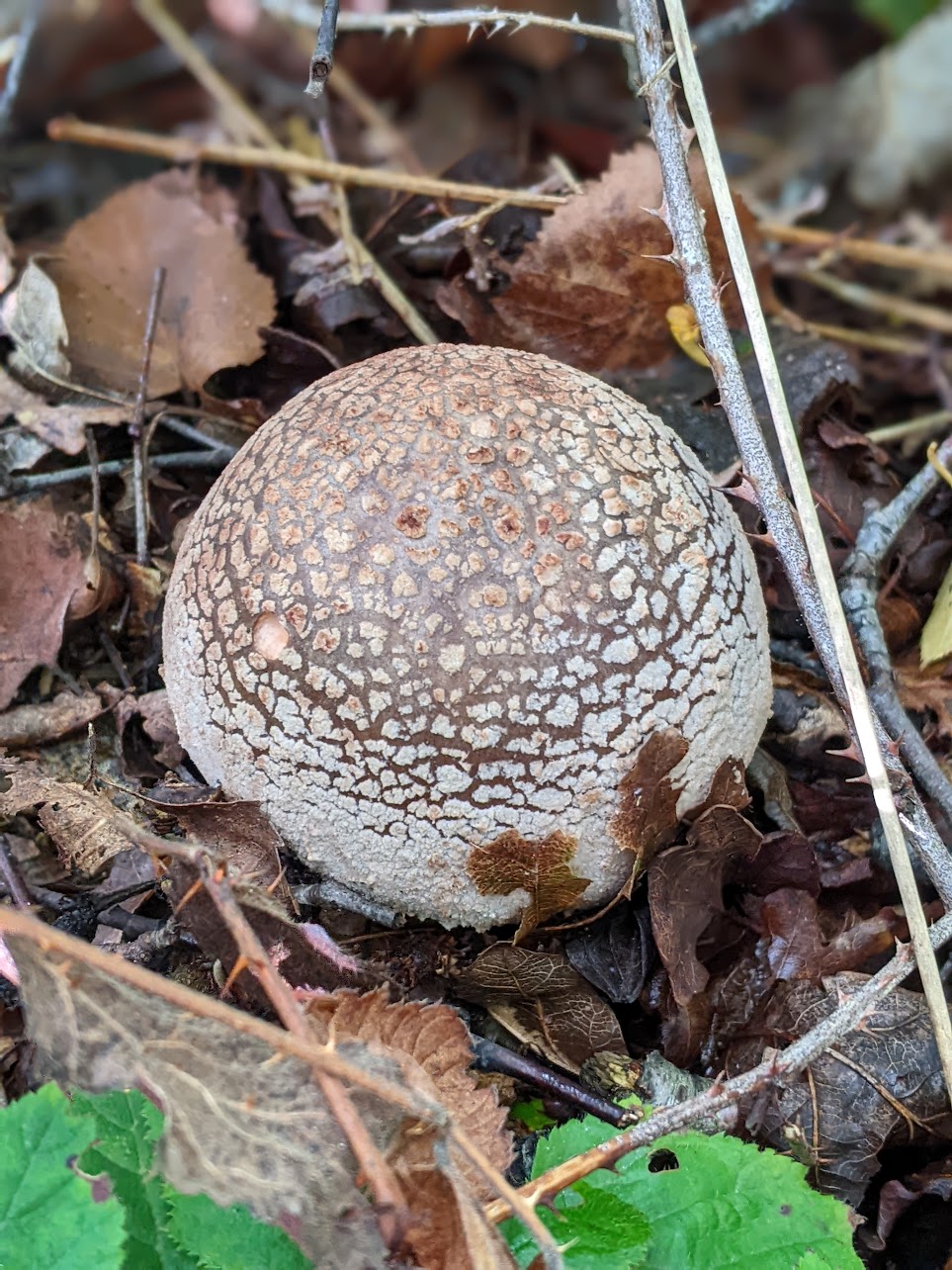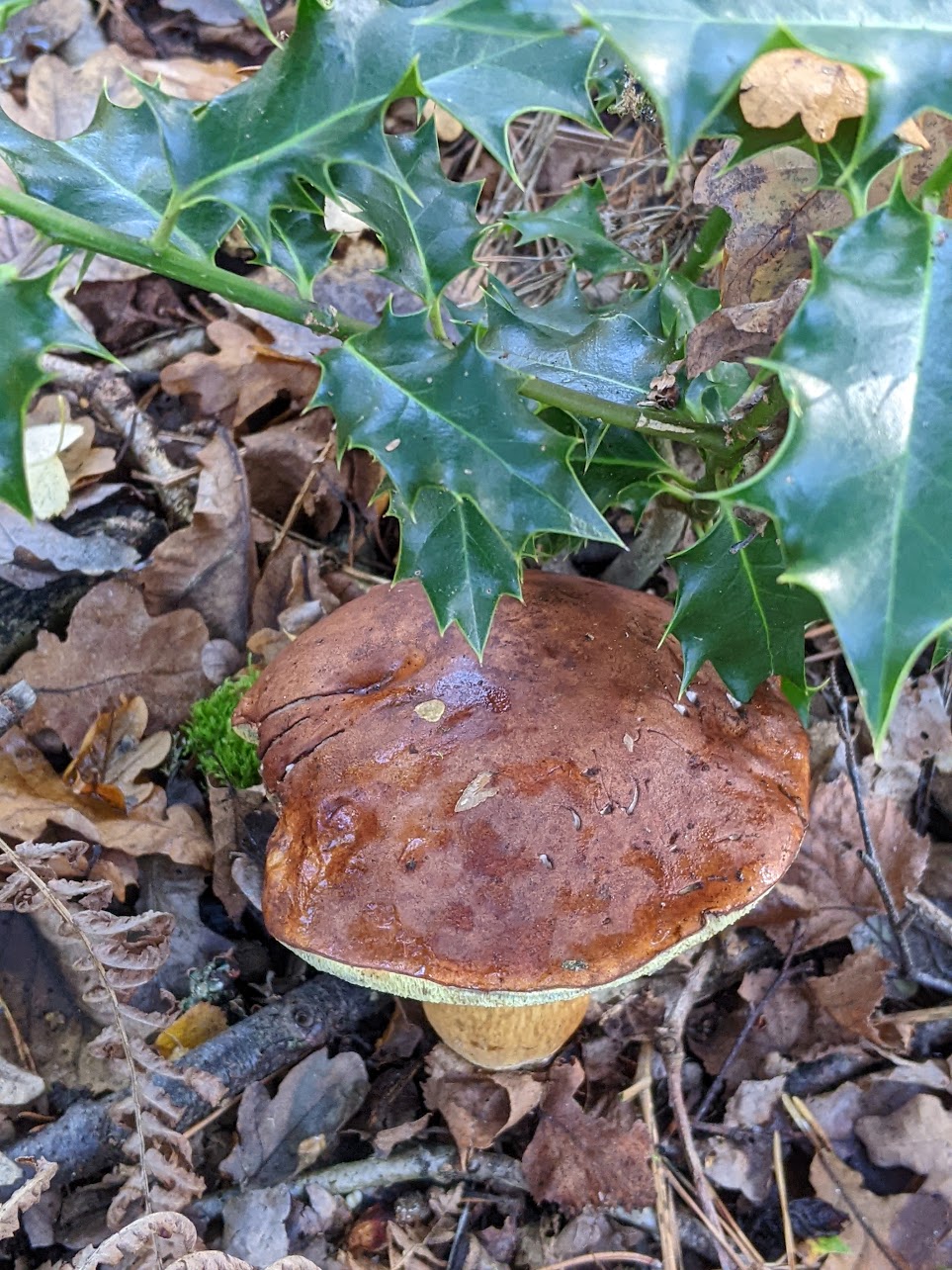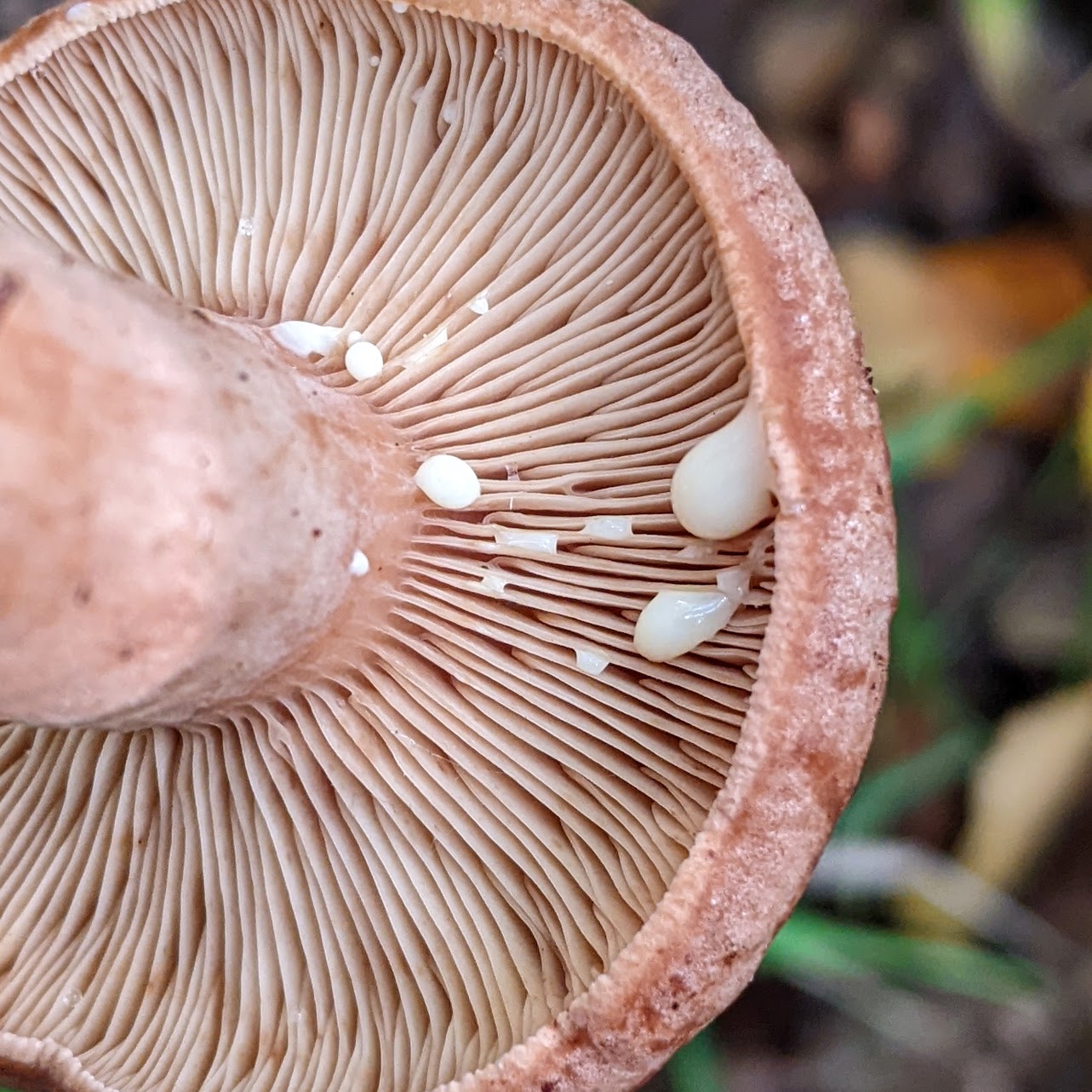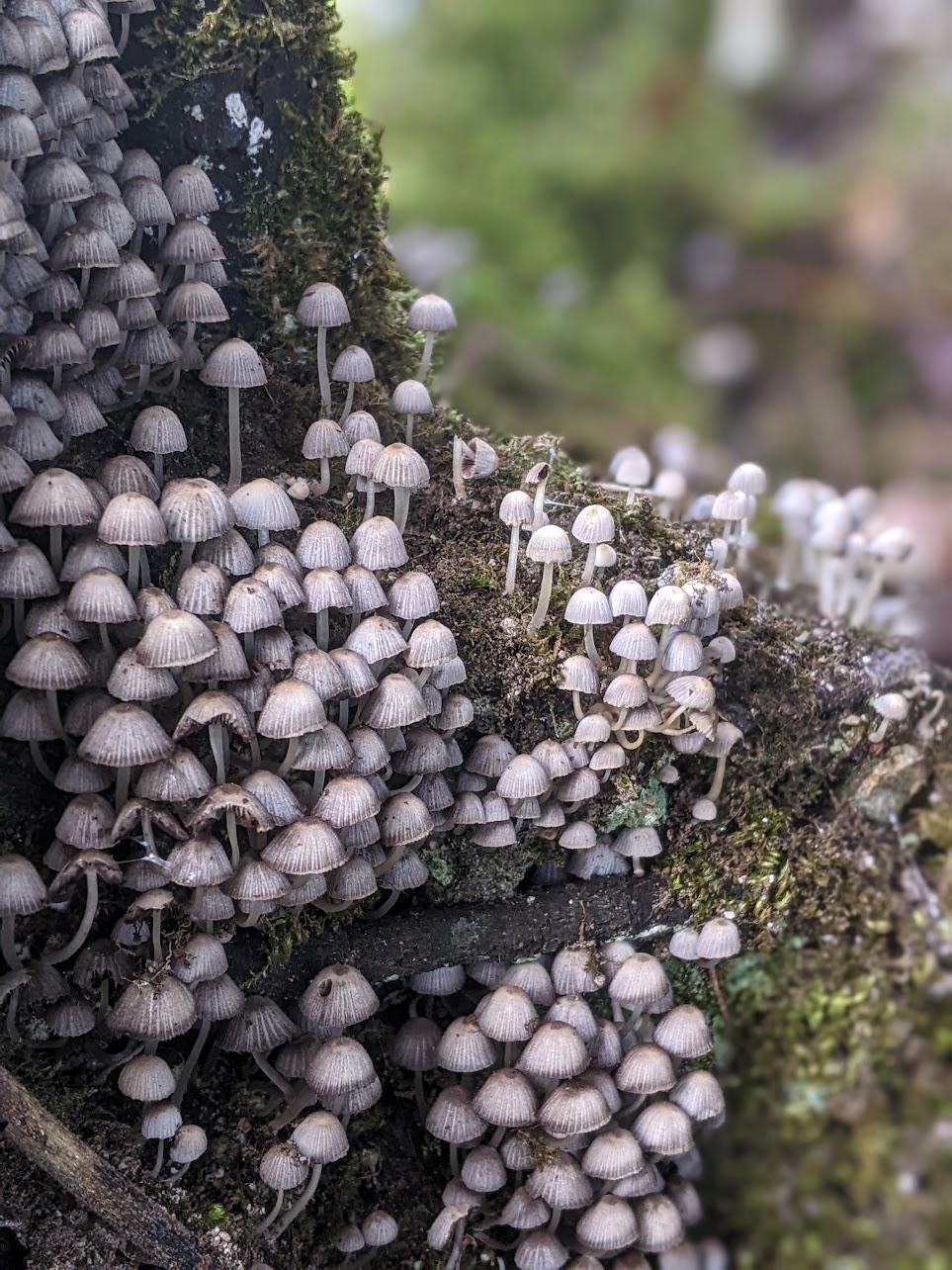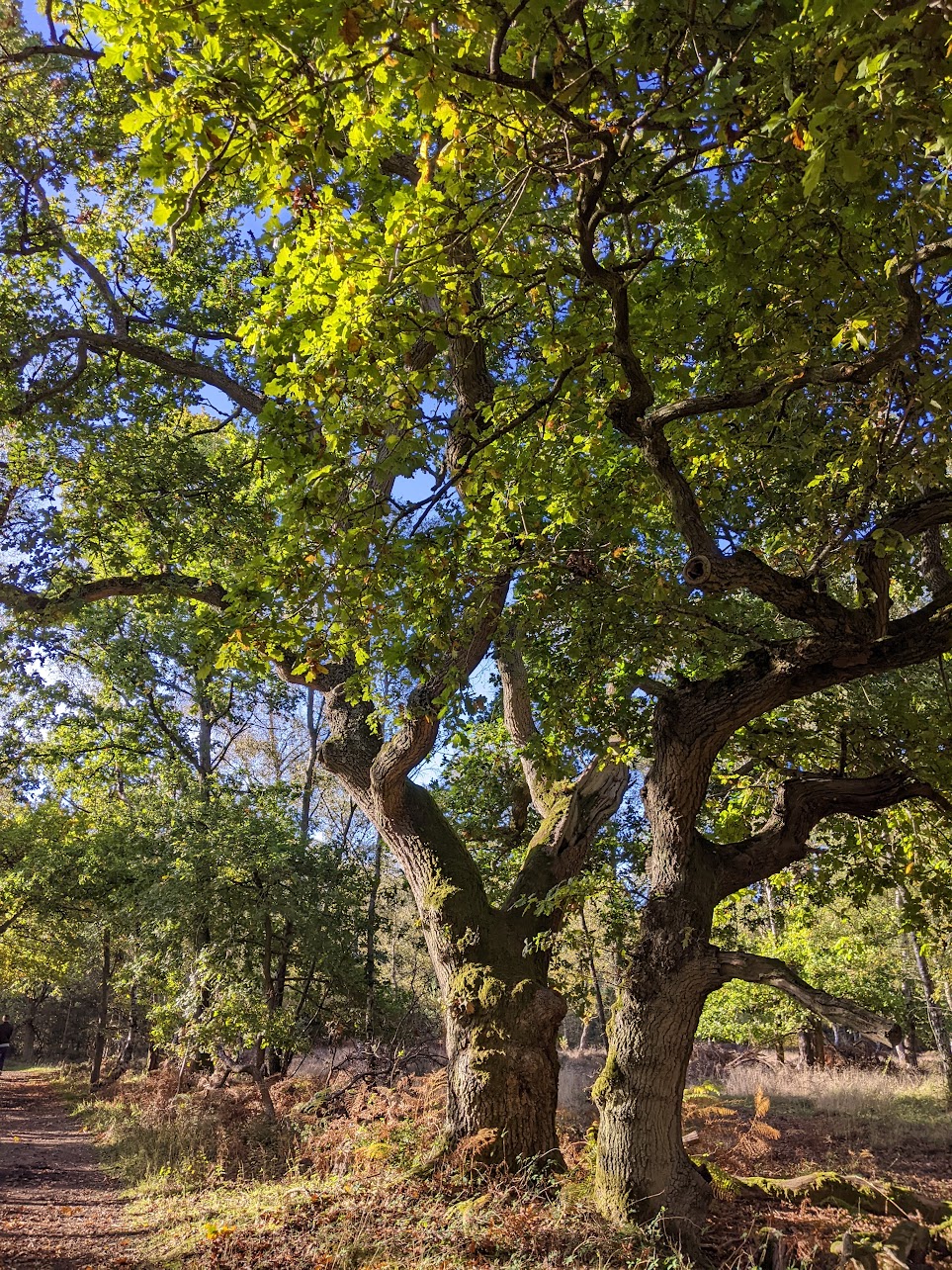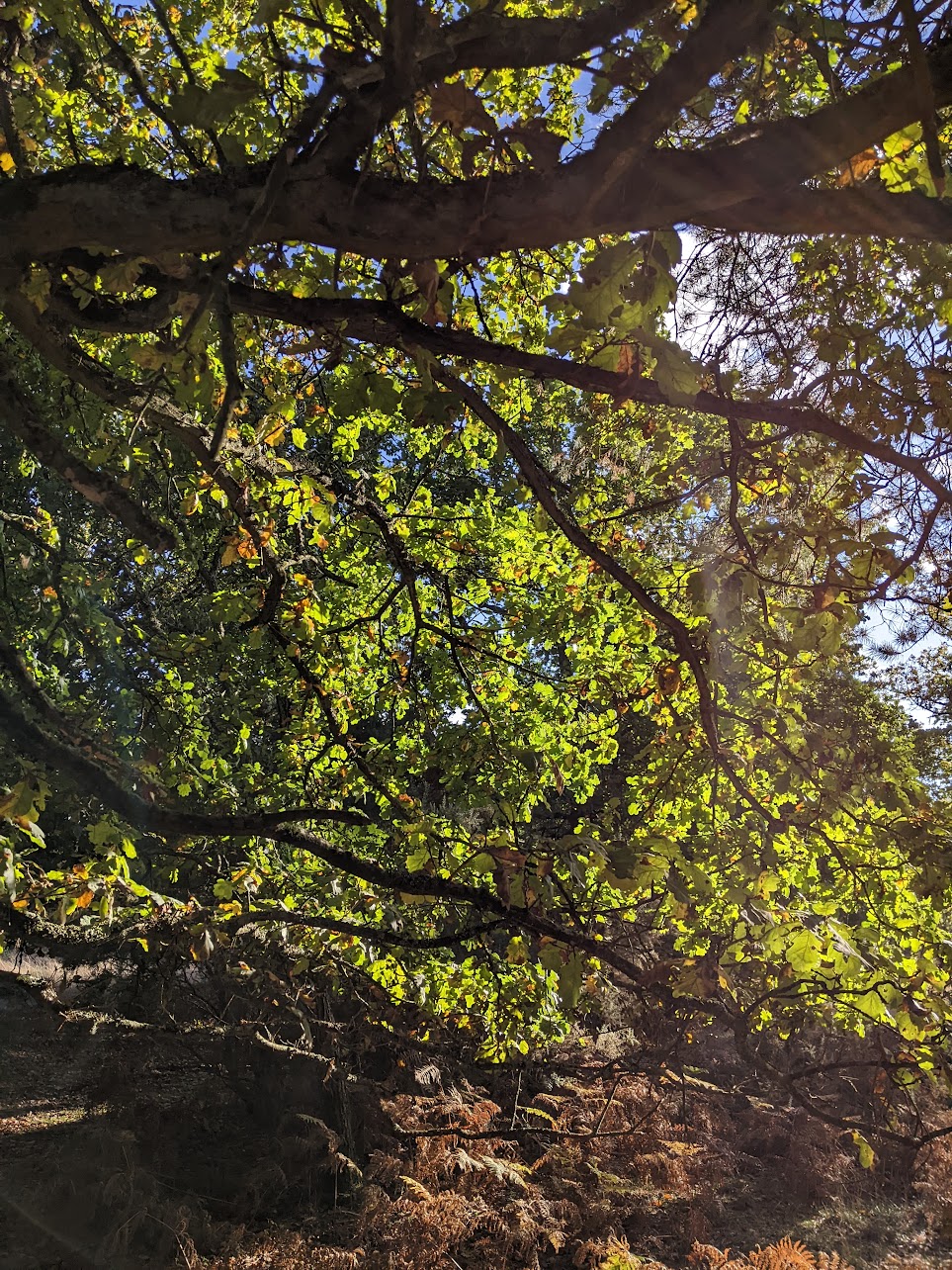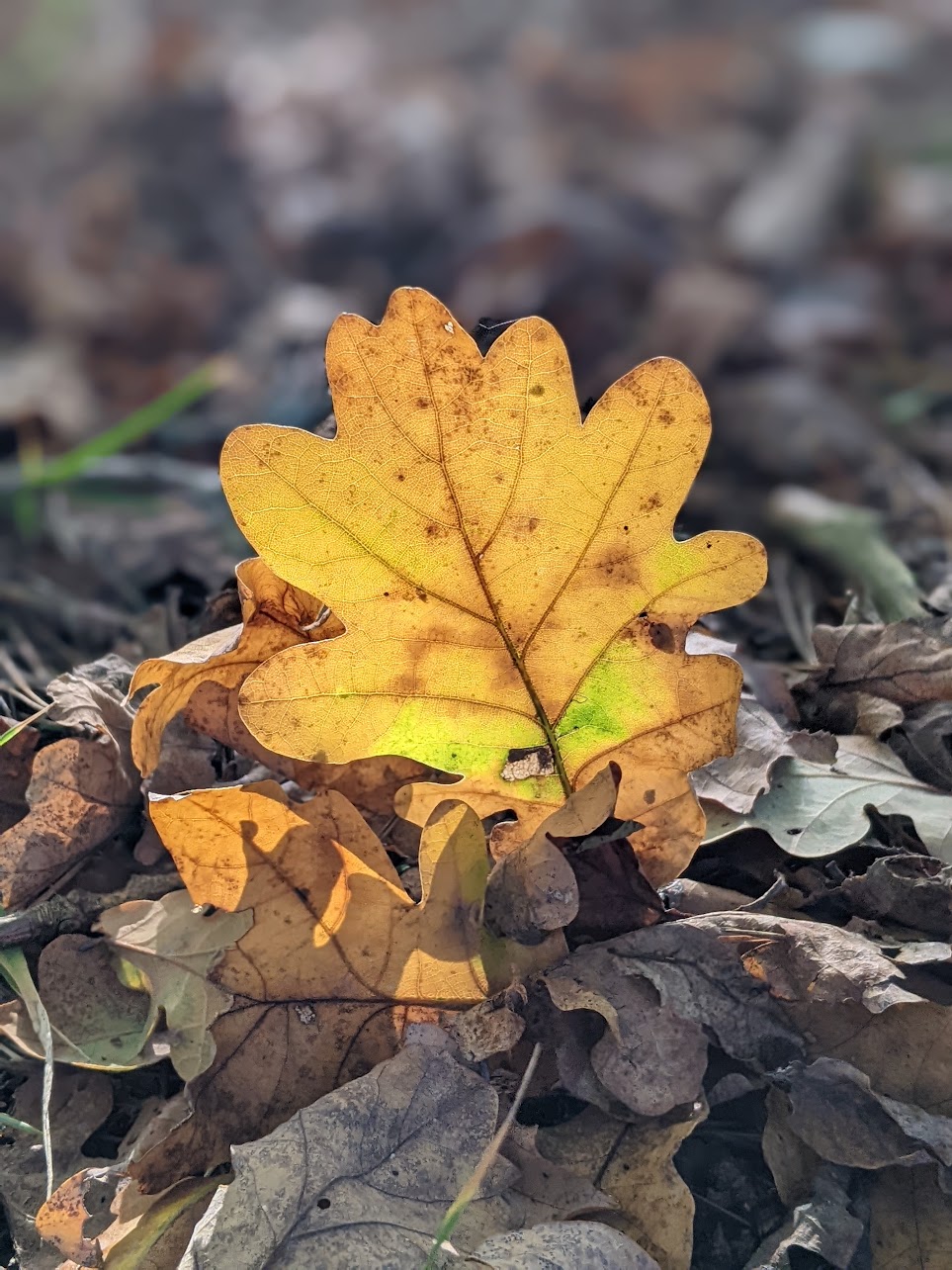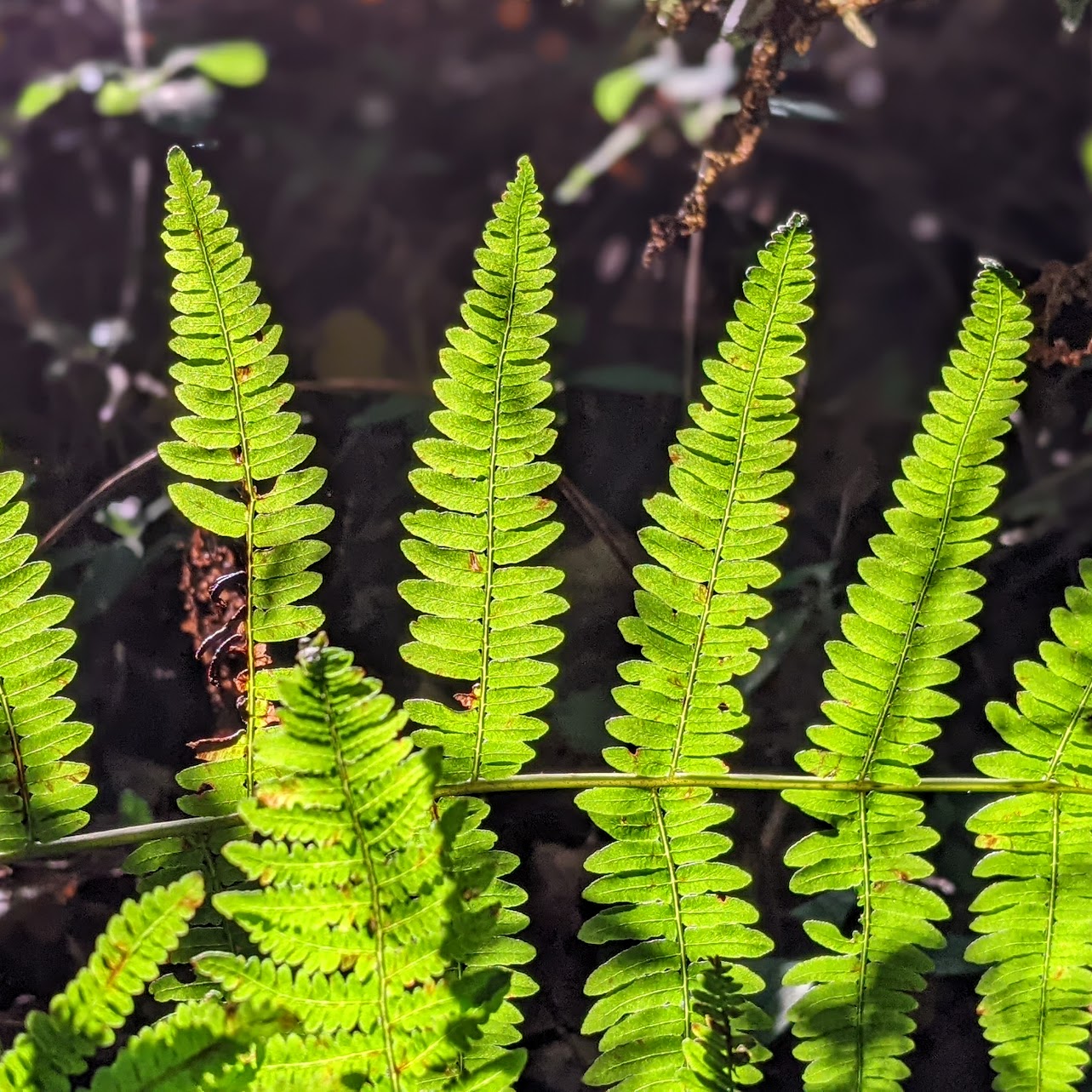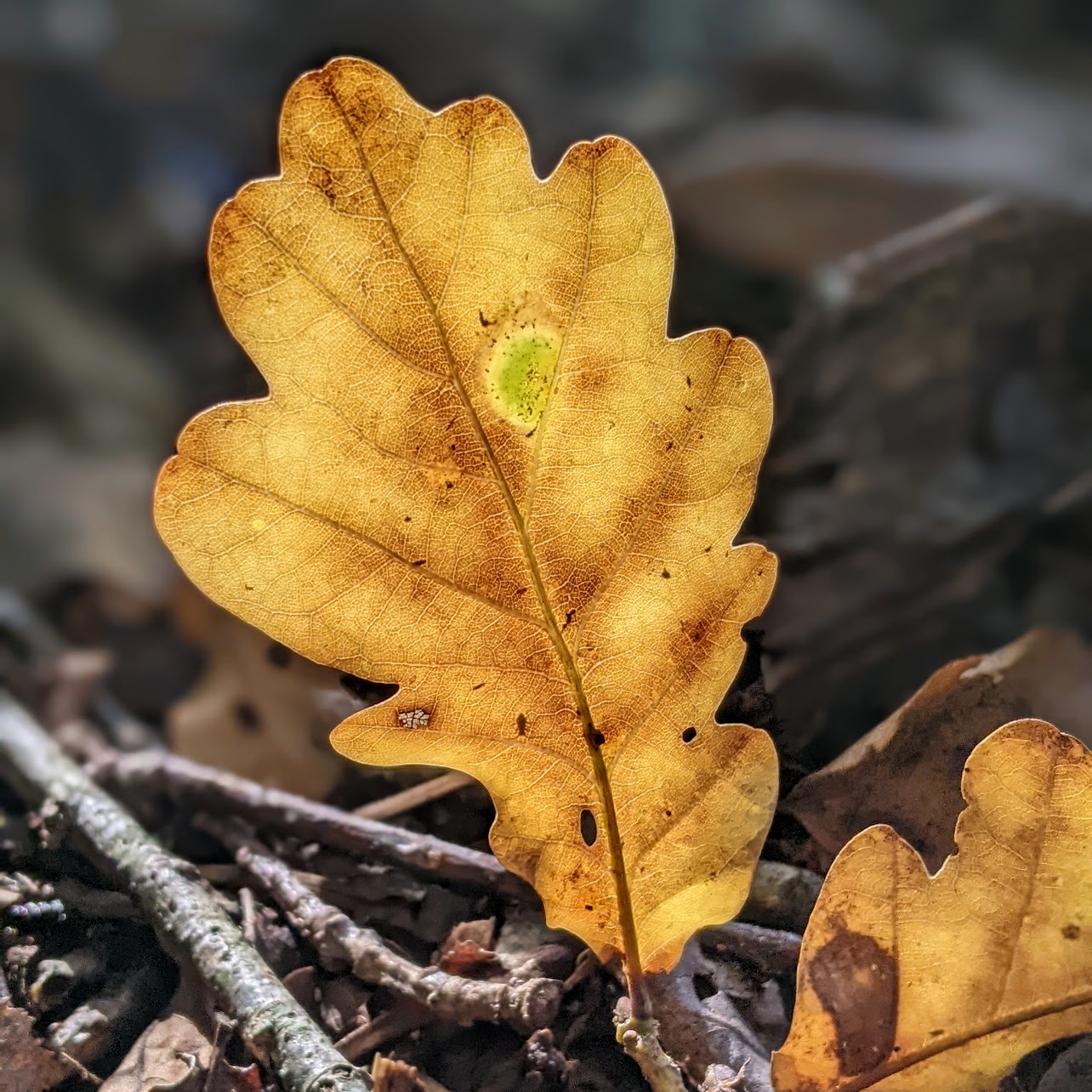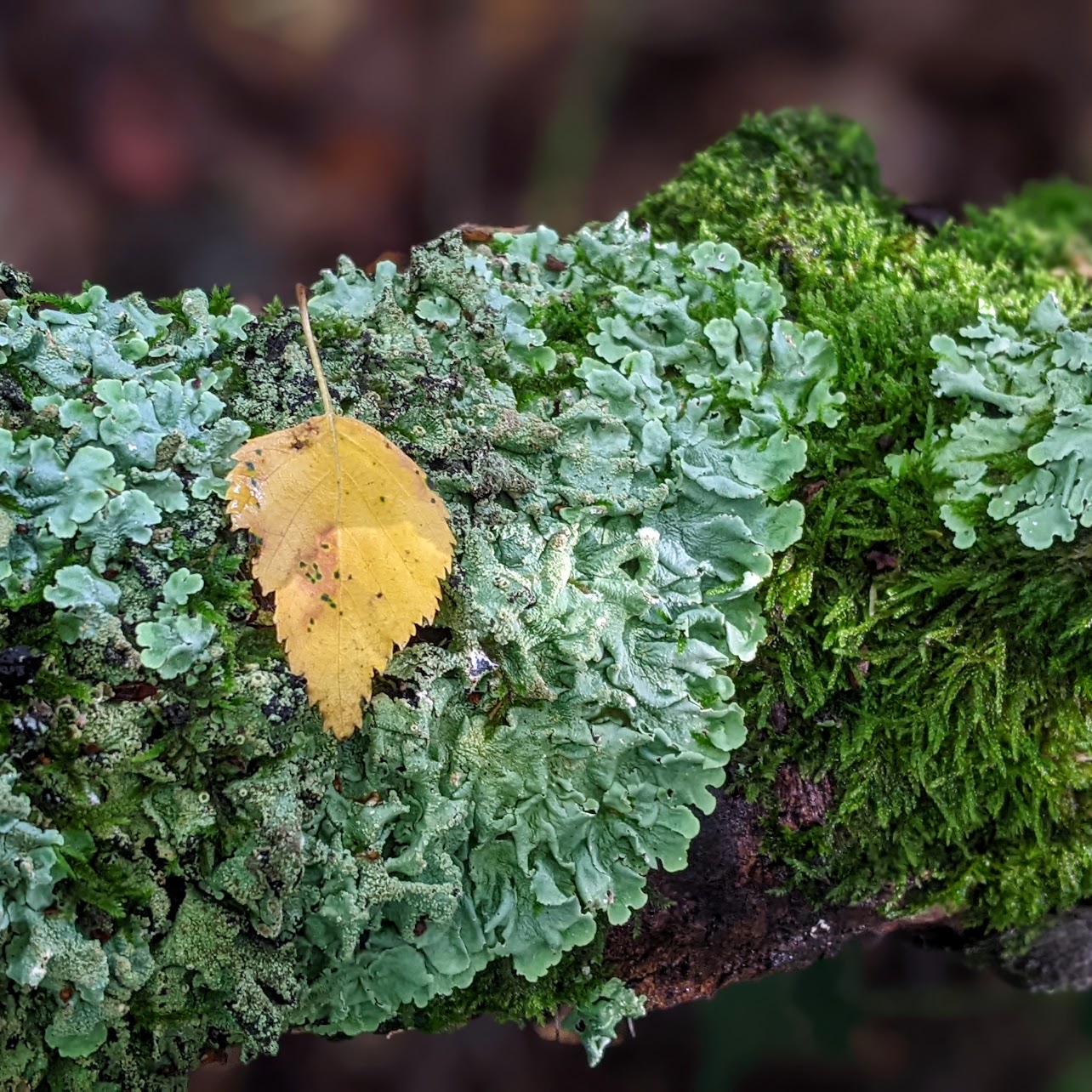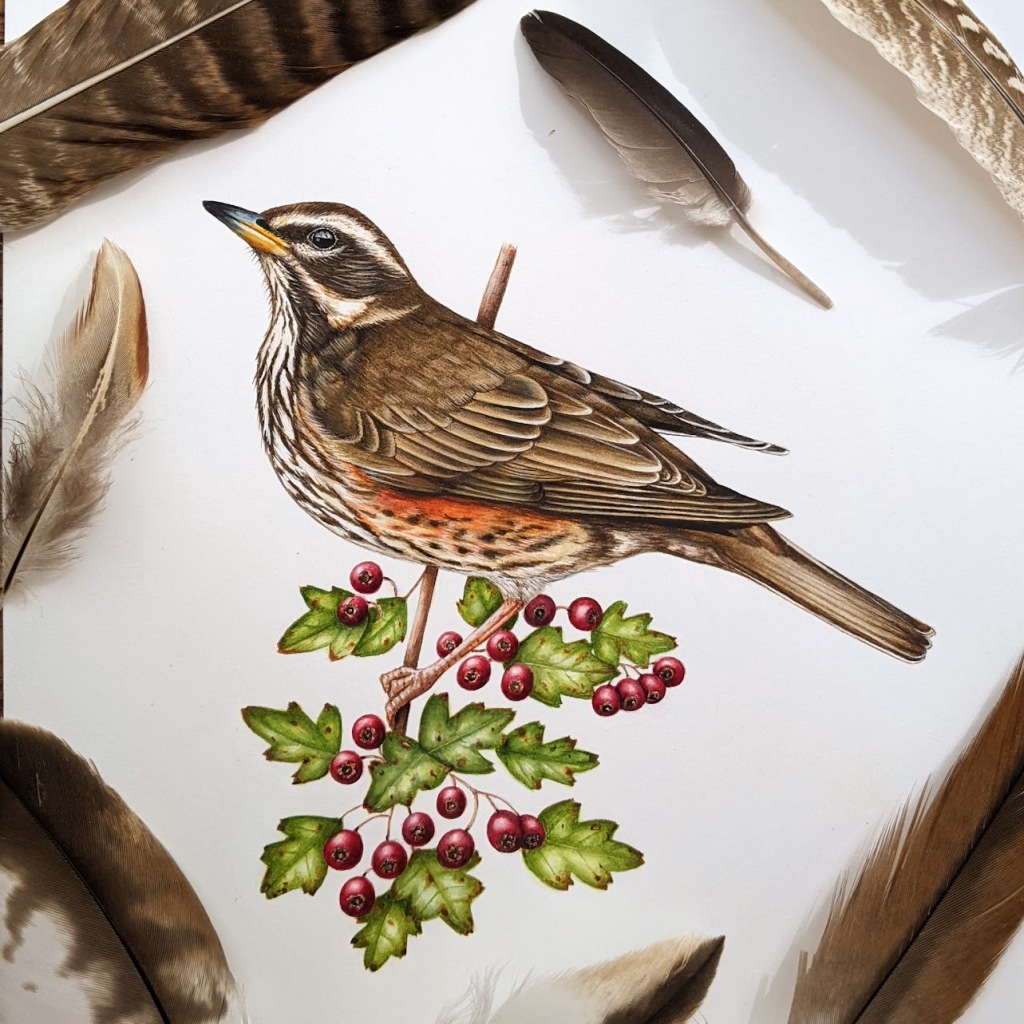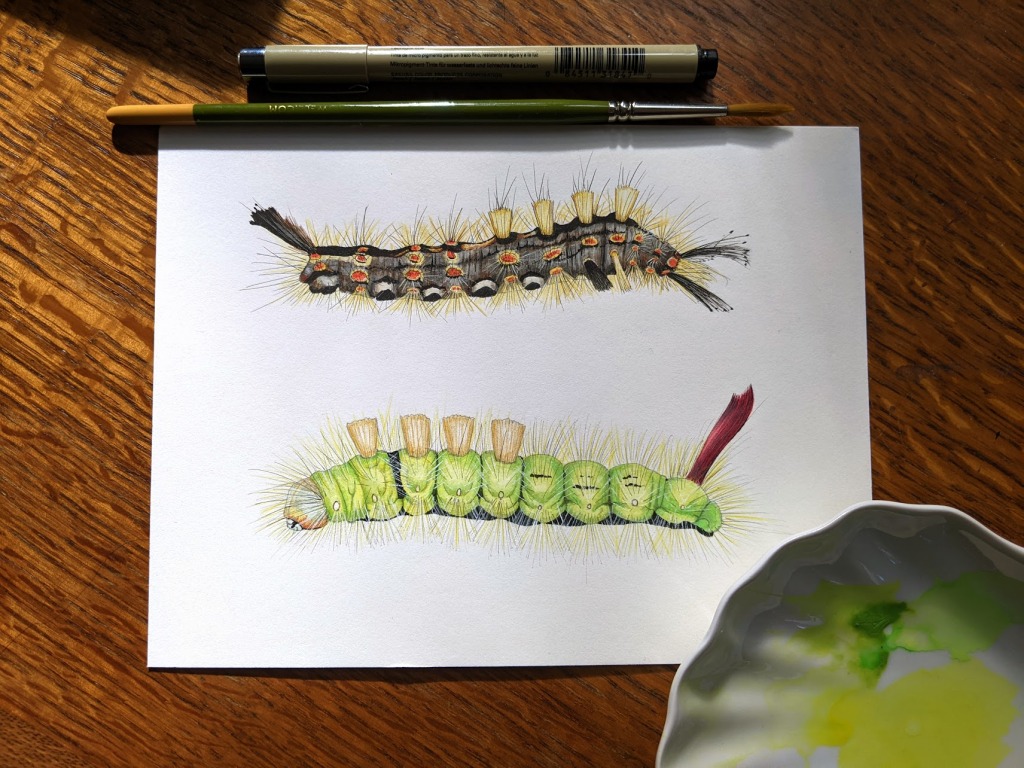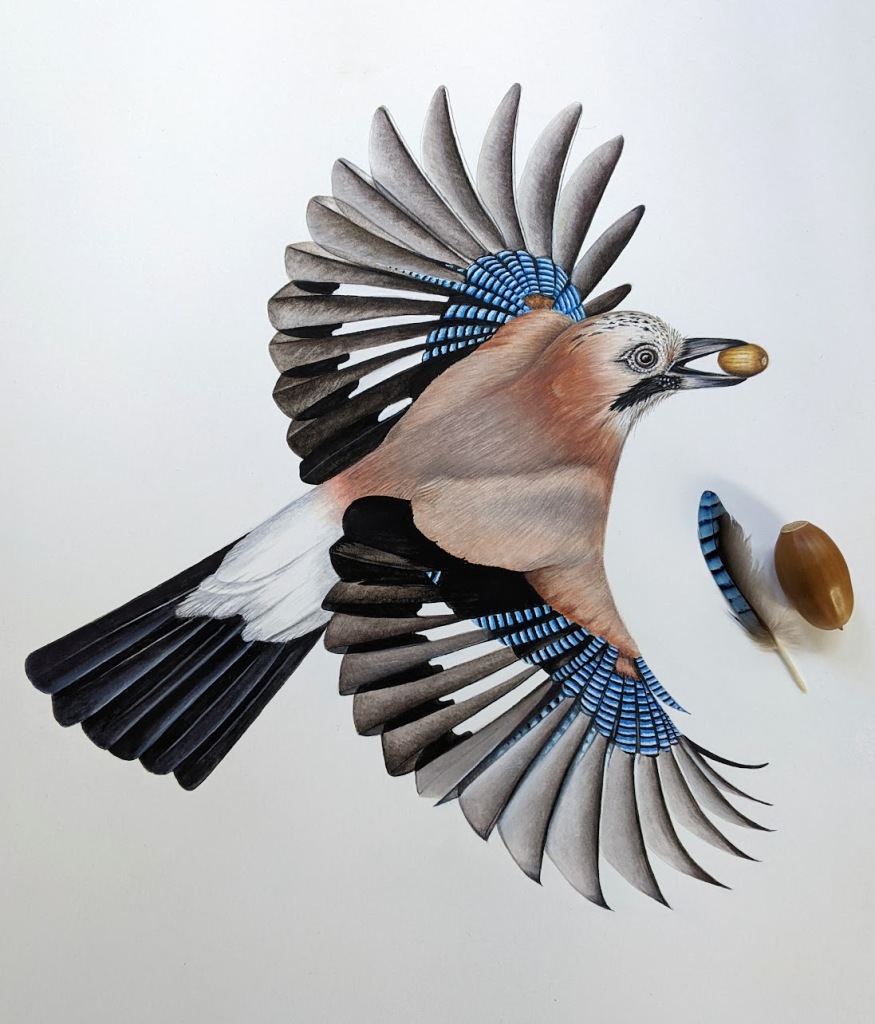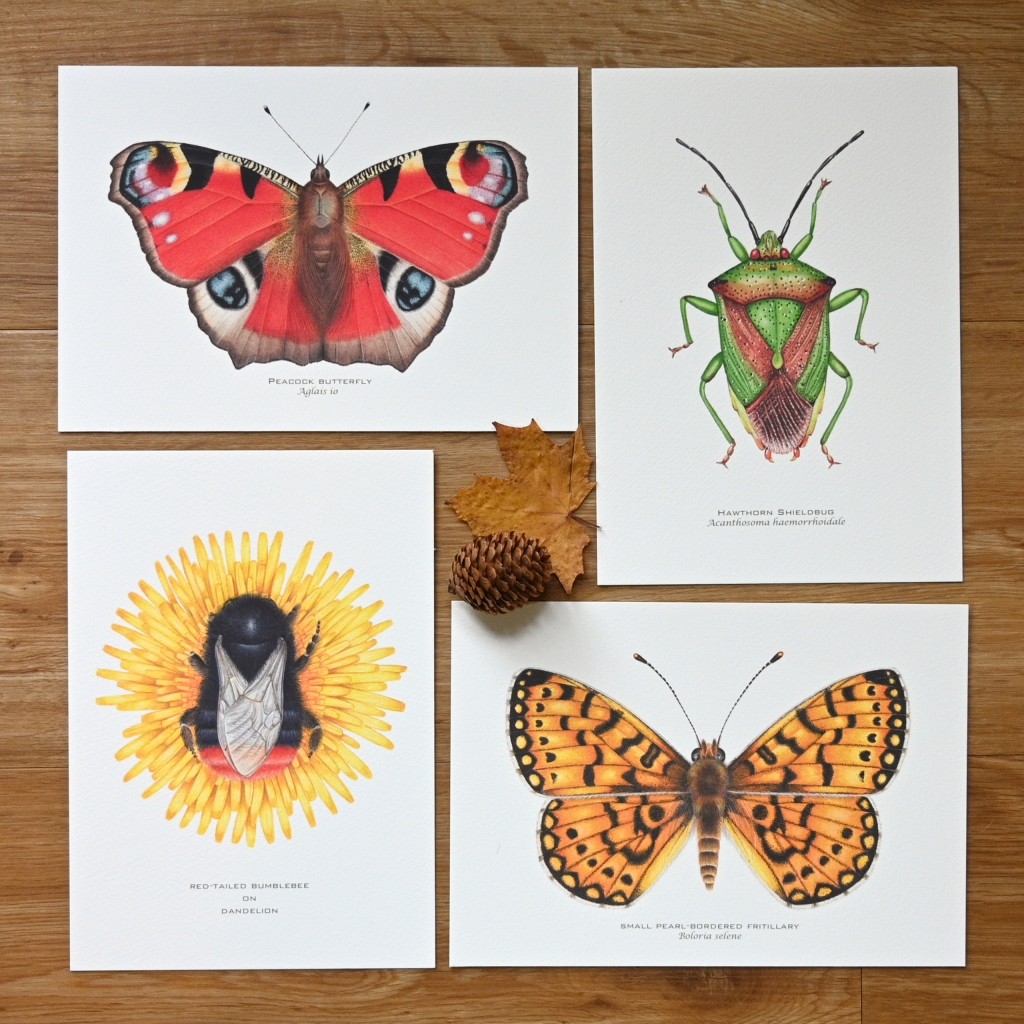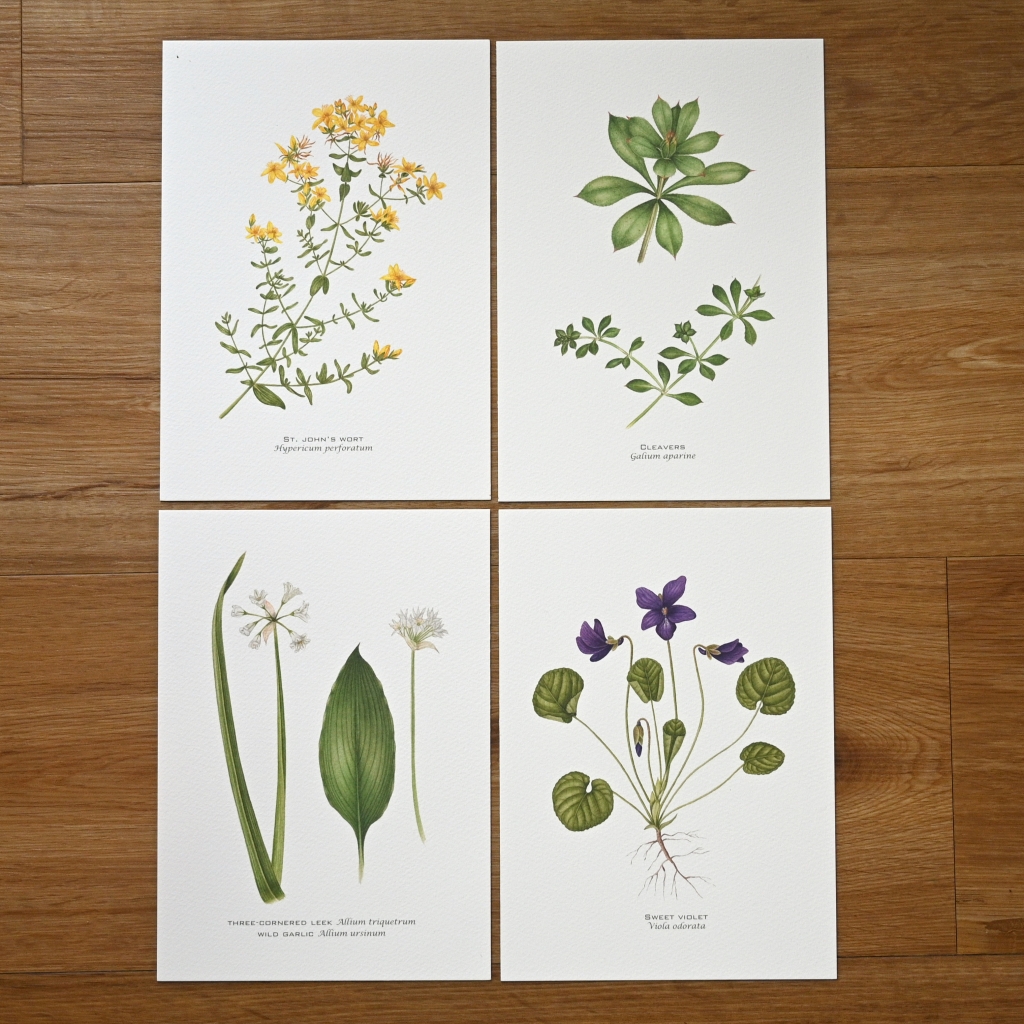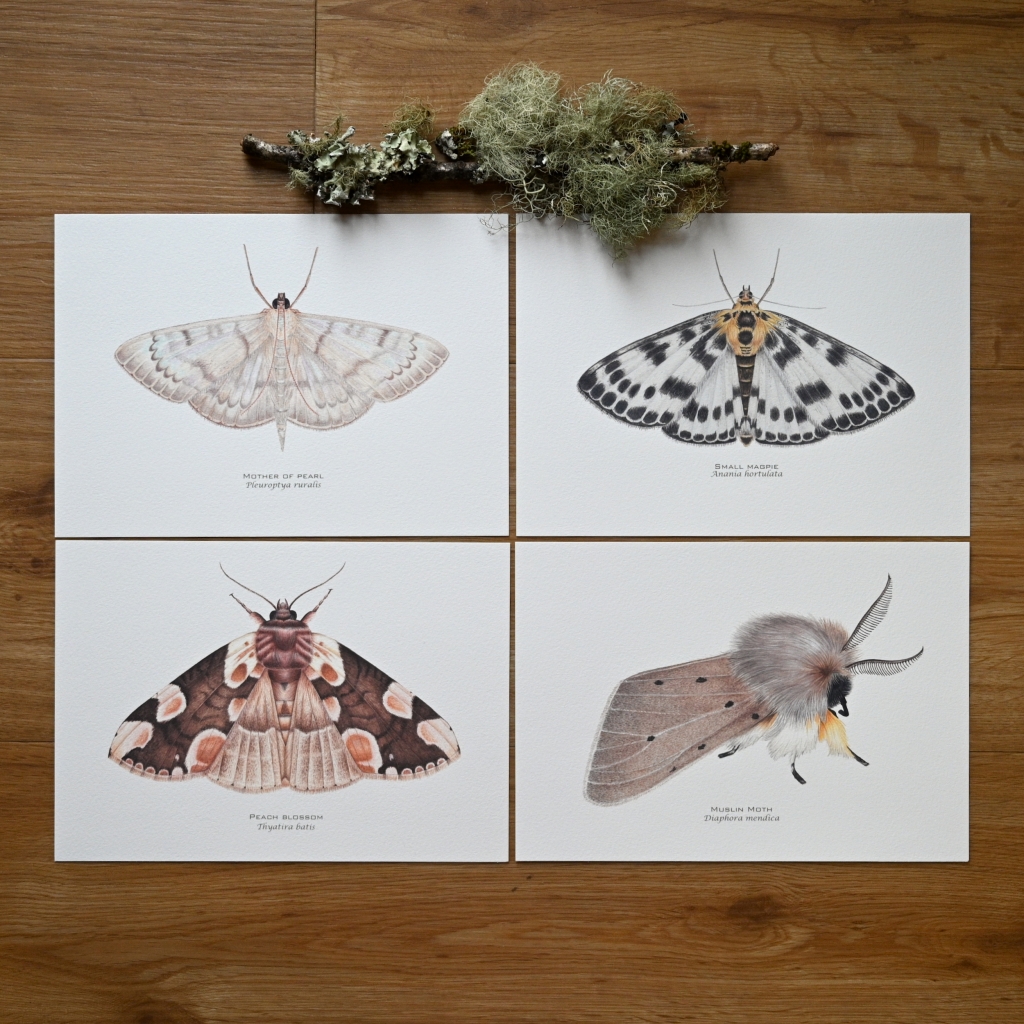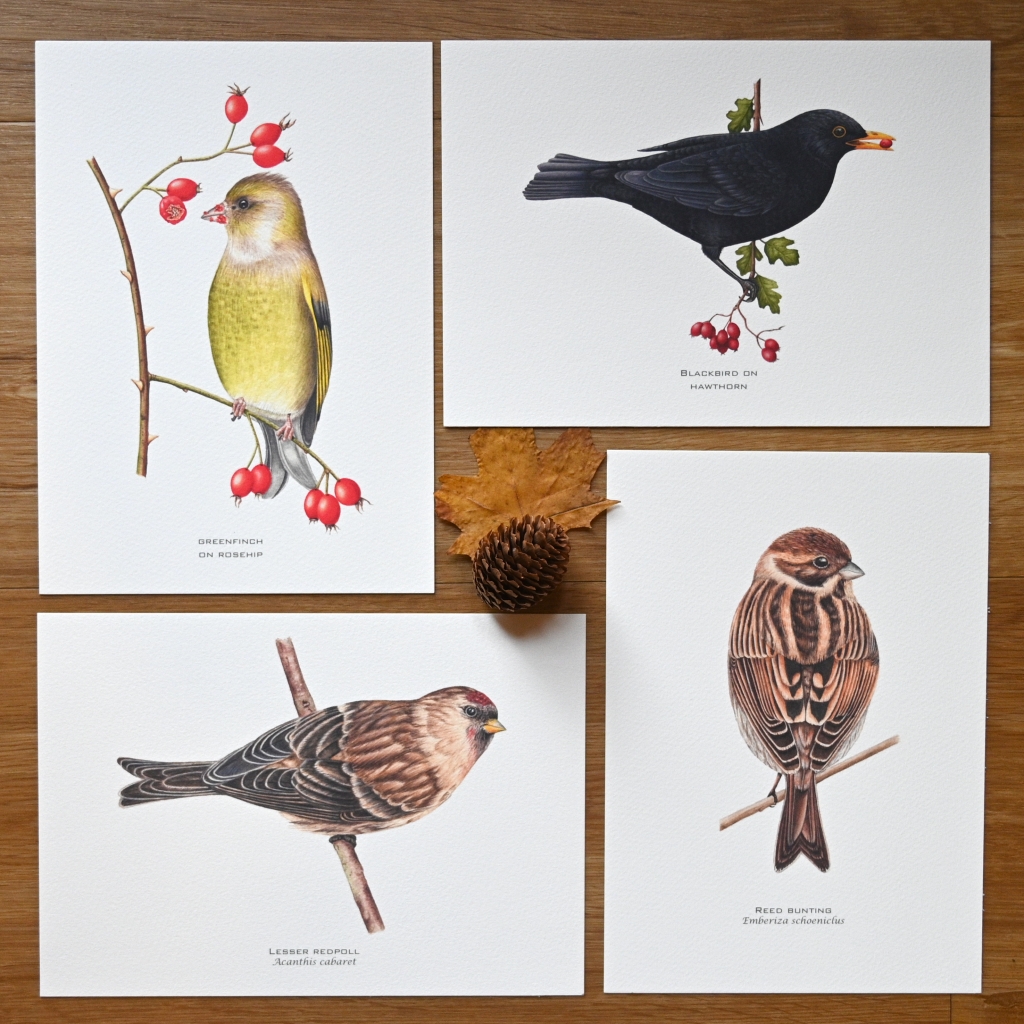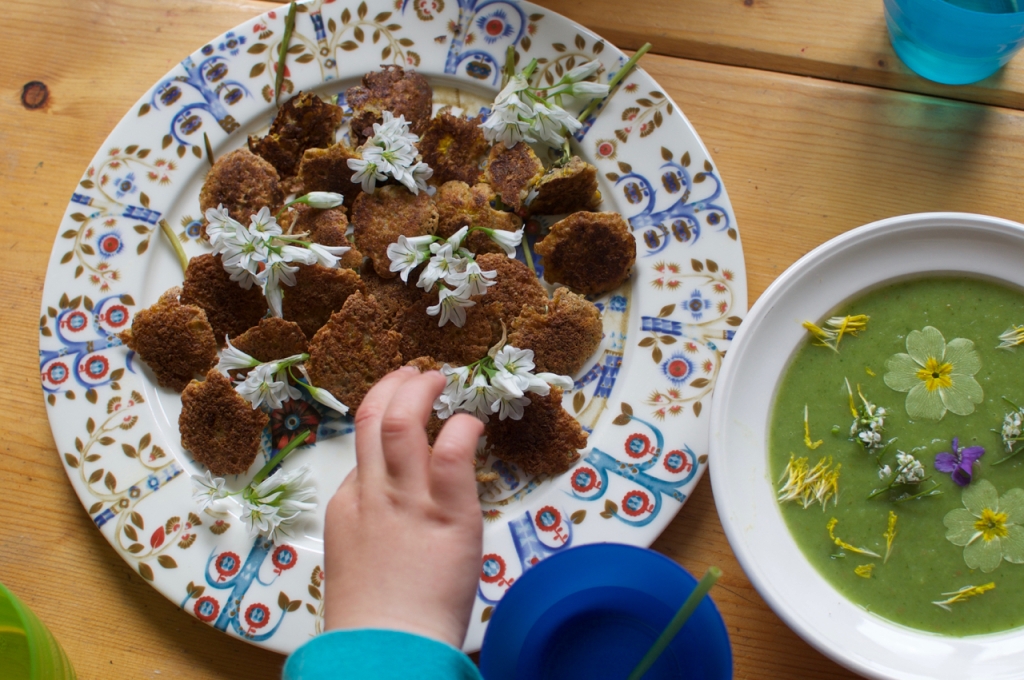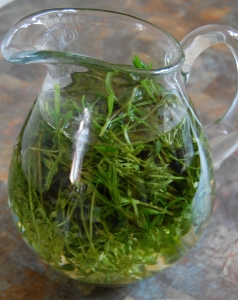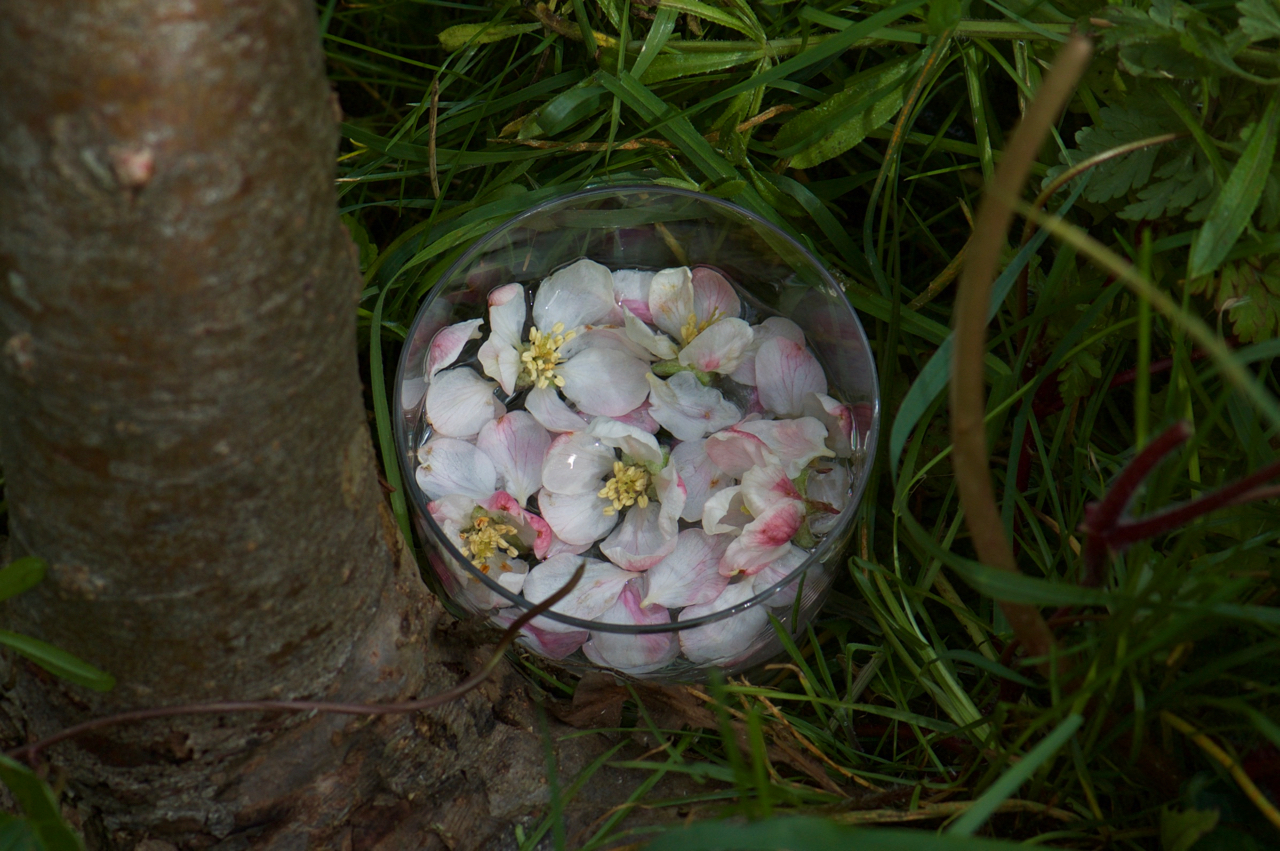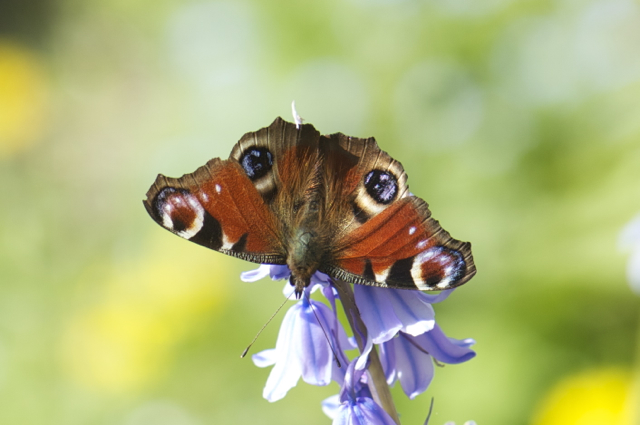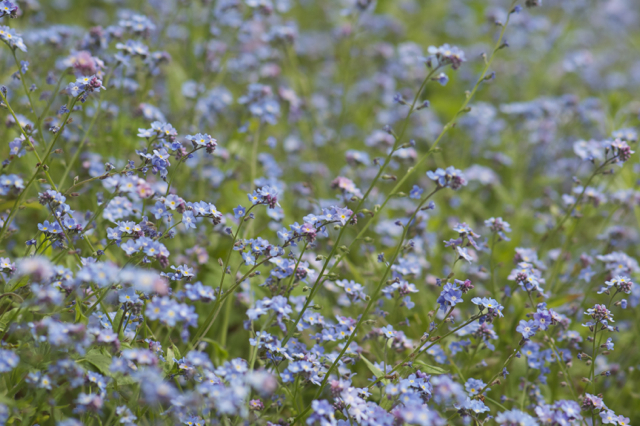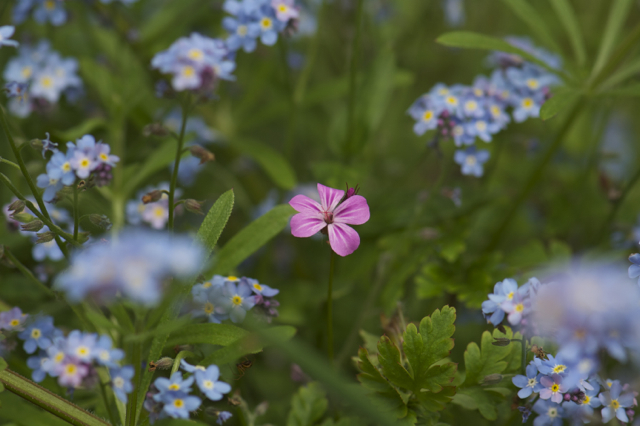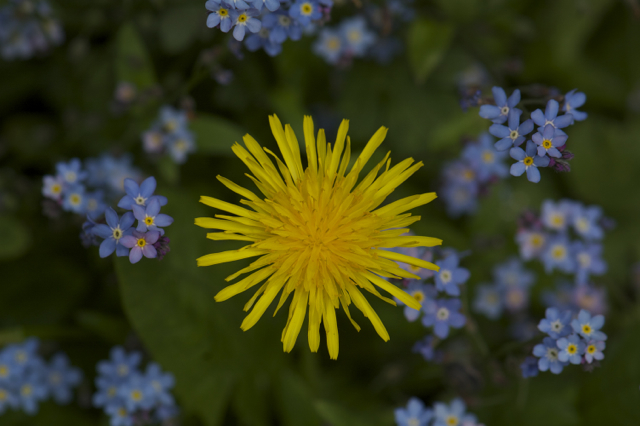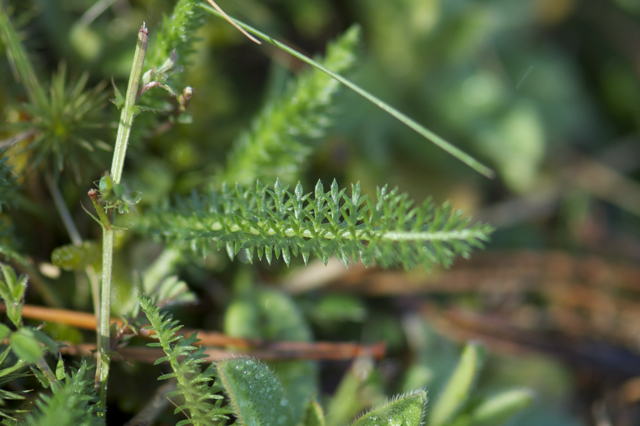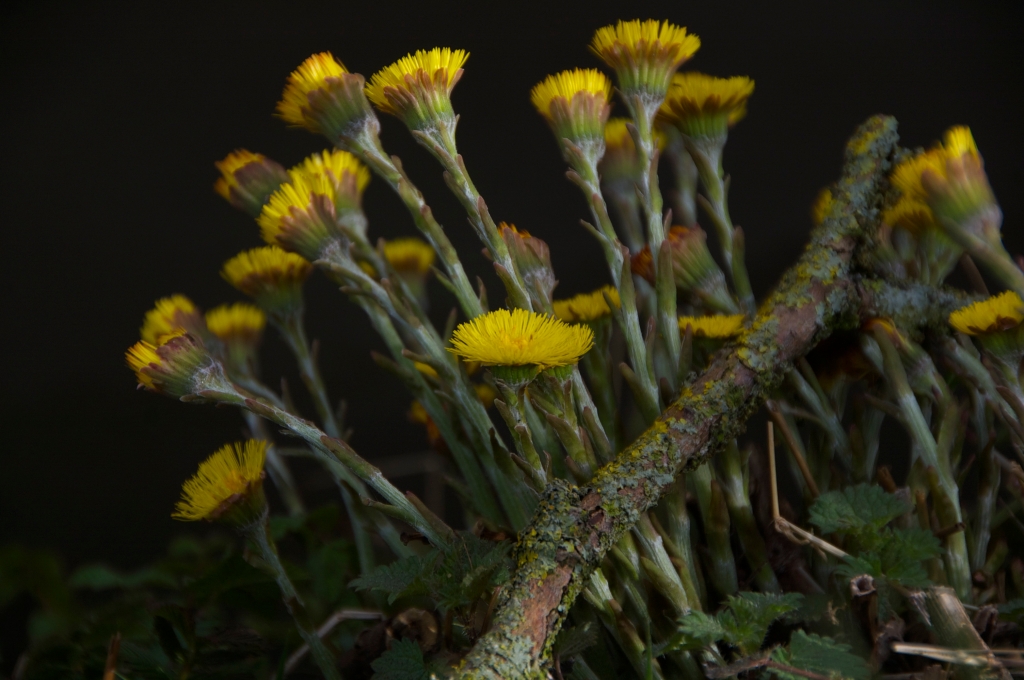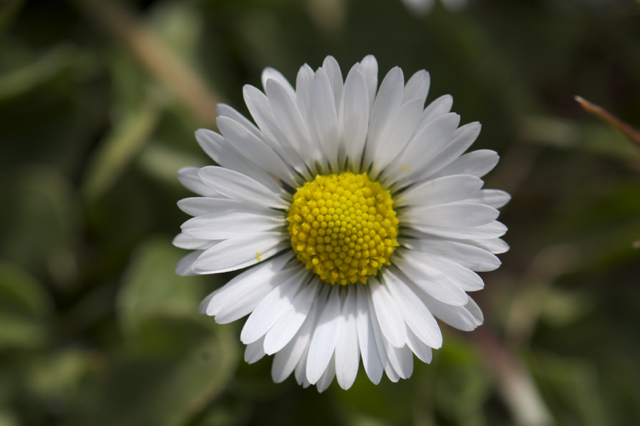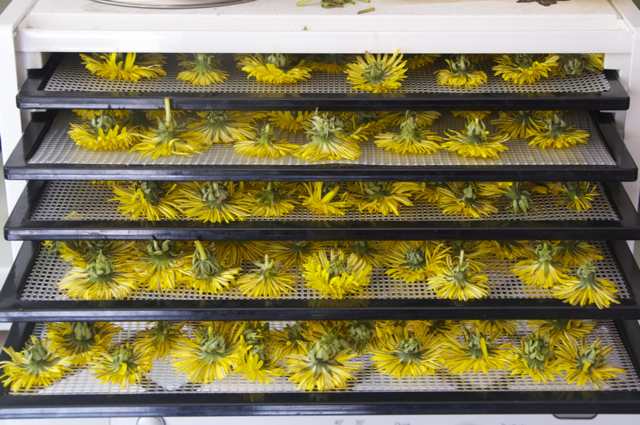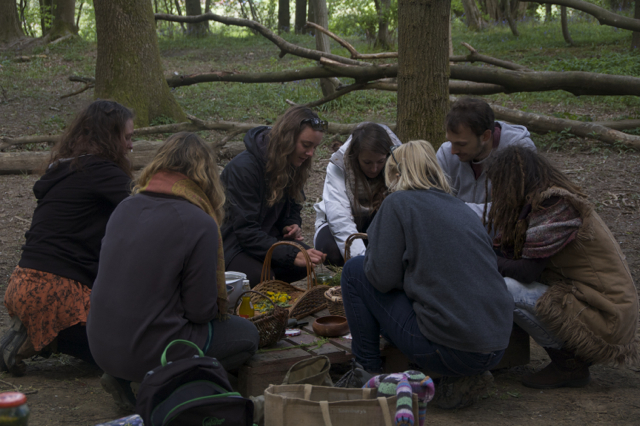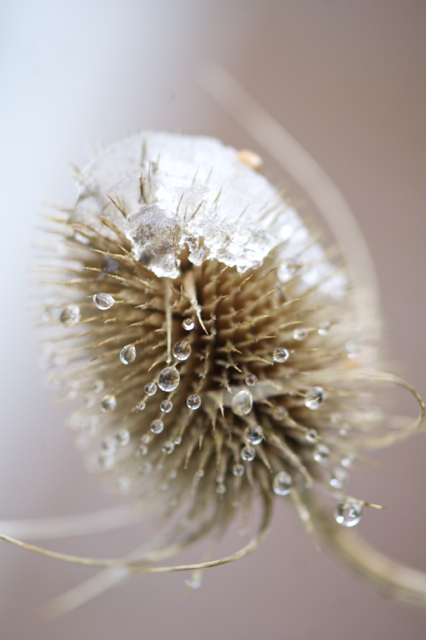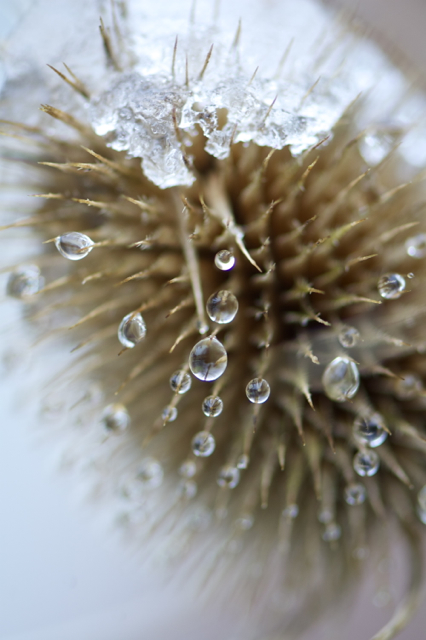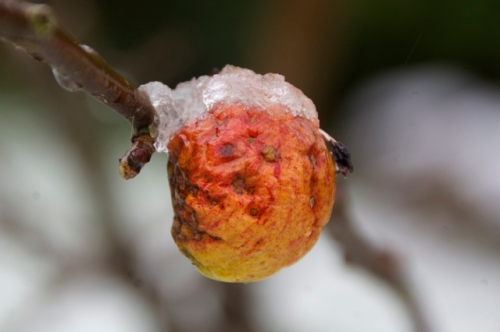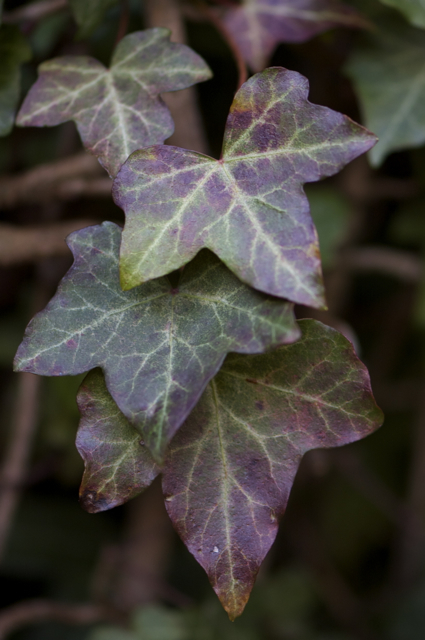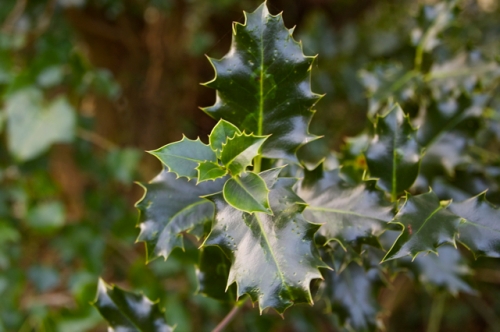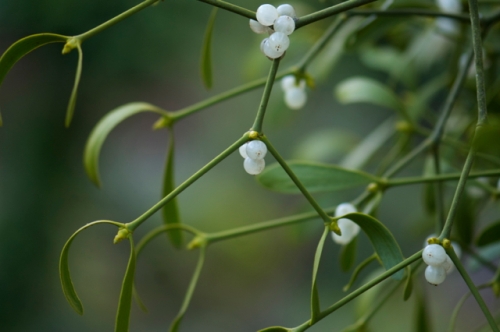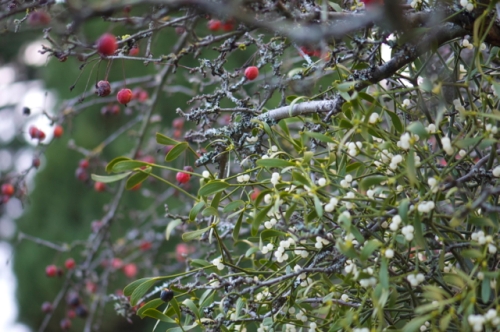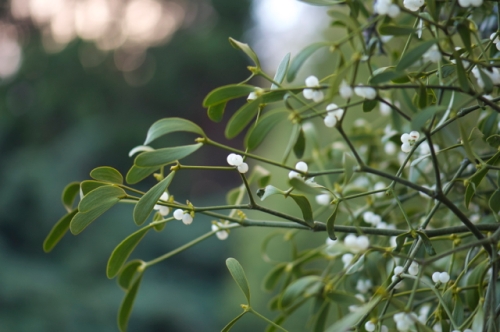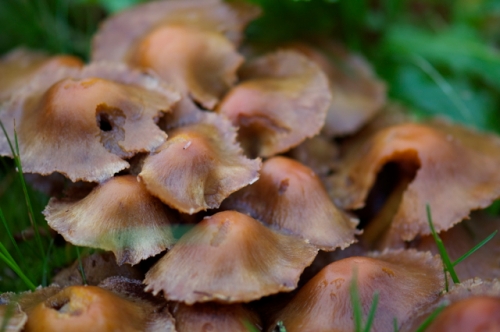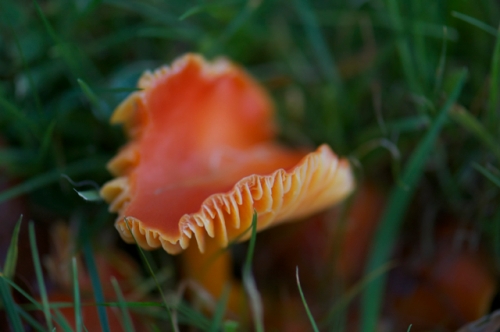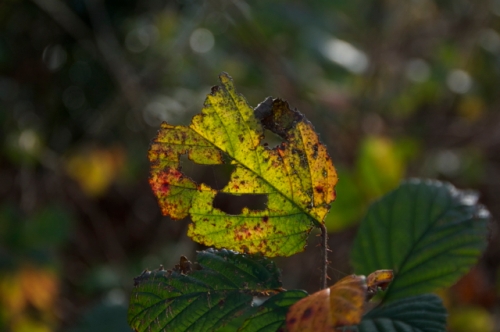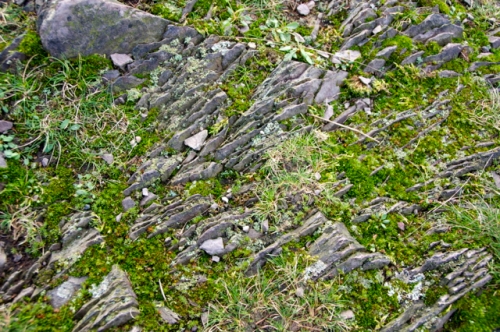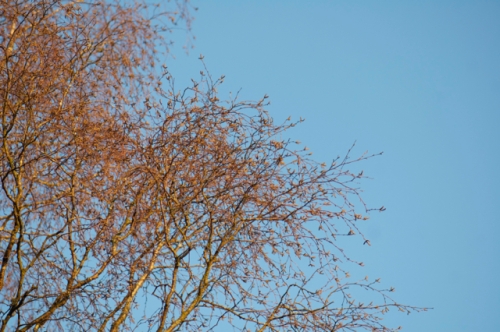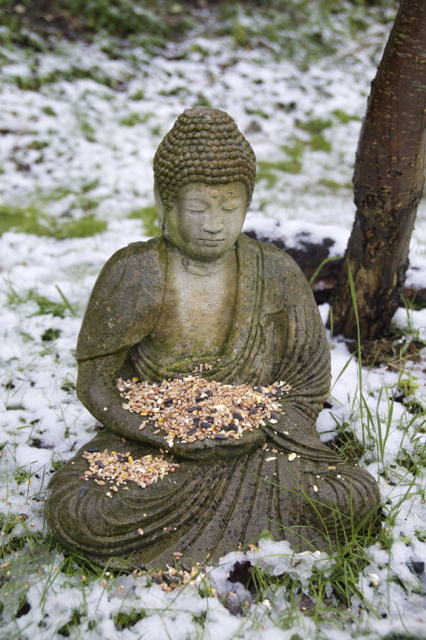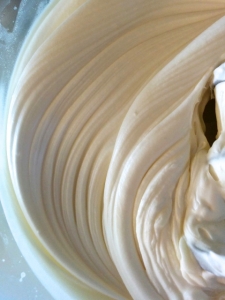It’s been such a long time since I’ve written on this blog and I’ve been meaning to give it some attention for a while. Though I’ve been neglectful of this space I have been doing regular updates on instagram which you can follow here: https://www.instagram.com/whispering_earth/
There’s so much anxiety right now around the coronavirus pandemic that I thought it would be a good time to share some straightforward tips on how to maximise your wellbeing with simple advice and easily available foods and herbs that you might already have in your kitchen cupboards or gardens.
I’m not going to tell you how to prevent or treat coronavirus, we don’t know at this stage what treatments will prove most effective. However there is much we can do to help support ourselves and each other during what is a worrying time for many.
If you are already on medication for existing health conditions you can still apply some of the advice and use some of the recipes mentioned but do check with a health provider before taking any internal herbal remedies.
For those with a good working knowledge of herbal medicine and a well stocked dispensary I recommend reading these posts by US herbalists 7song and Stephen Harrod Buhner. There is also good advice from Matthew Wood on his facebook page.
However if you have a small collection of home remedies or none at all then I hope to share some things you can do to support yourself and feel a little more empowered. My focus here is very much on strengthening the body through care, attention and simple remedies so it can do the work it needs to. There is lots of good advice on preventative measures and good hygiene from the NHS so please do read that if you haven’t already.
Though all these areas are very much interconnected I’ll consider them one at a time for ease:
- General health and wellbeing
- Supporting immunity
- Caring for the respiratory system
- Paying Attention to mental health
General Health and Wellbeing:
Unless we take care of our general health and wellbeing any other practices we do will have limited value. This advice is mostly common sense but it cannot be emphasised enough. It really involves listening to our bodies and taking care of ourselves, even when we would usually push through. Sometimes it’s hard to do, especially when we have others to care for, but my hope is that, as people stay home more over the coming weeks, they might have more time to attend to these simple measures.
- Sleep – this can’t be over emphasised! As a mum of young children I know how easy it is to become chronically sleep deprived but now is the time to rebalance our sleep debt, before we get ill, so that our bodies are best able to cope with whatever comes our way. Going to bed a little earlier each night can make a big difference to our overall state of health and it’s a good idea to turn off electronics early and read/ chat/ meditate before bed to allow yourself time to wind down.
- Hydration – Another cornerstone of good health, getting adequate fluids helps keep our bodies clear and functioning at an optimum level. Water and herbal teas are good options right now, see below for ideas.
- Quality nutrition – the building blocks of our health are made from the food we eat. This is a huge topic which is beyond the scope of this post but making sure we include plenty of colourful fruit and vegetables rich in vitamin C in our diet is a good place to start. This is especially important to remember if you are isolating and relying on stocks of dried or tinned foods. Limiting or eliminating sugar and fried foods is also a good idea.
- Fresh air and gentle exercise – this is important to remember when we are home more. It’s easy to become stagnant which stops the flow of lymph and impairs immunity. If possible get out in the garden or a local wild space and breath deeply. If not then be sure to open a window at home, dance, stretch (seated if need be) and move when you can.
Supporting Immunity
The general care discussed above is the foundation of good immune function and everything else is secondary to that. Bearing this in mind there’s lots we can do to help care for ourselves and give our immunity a bit of a boost.
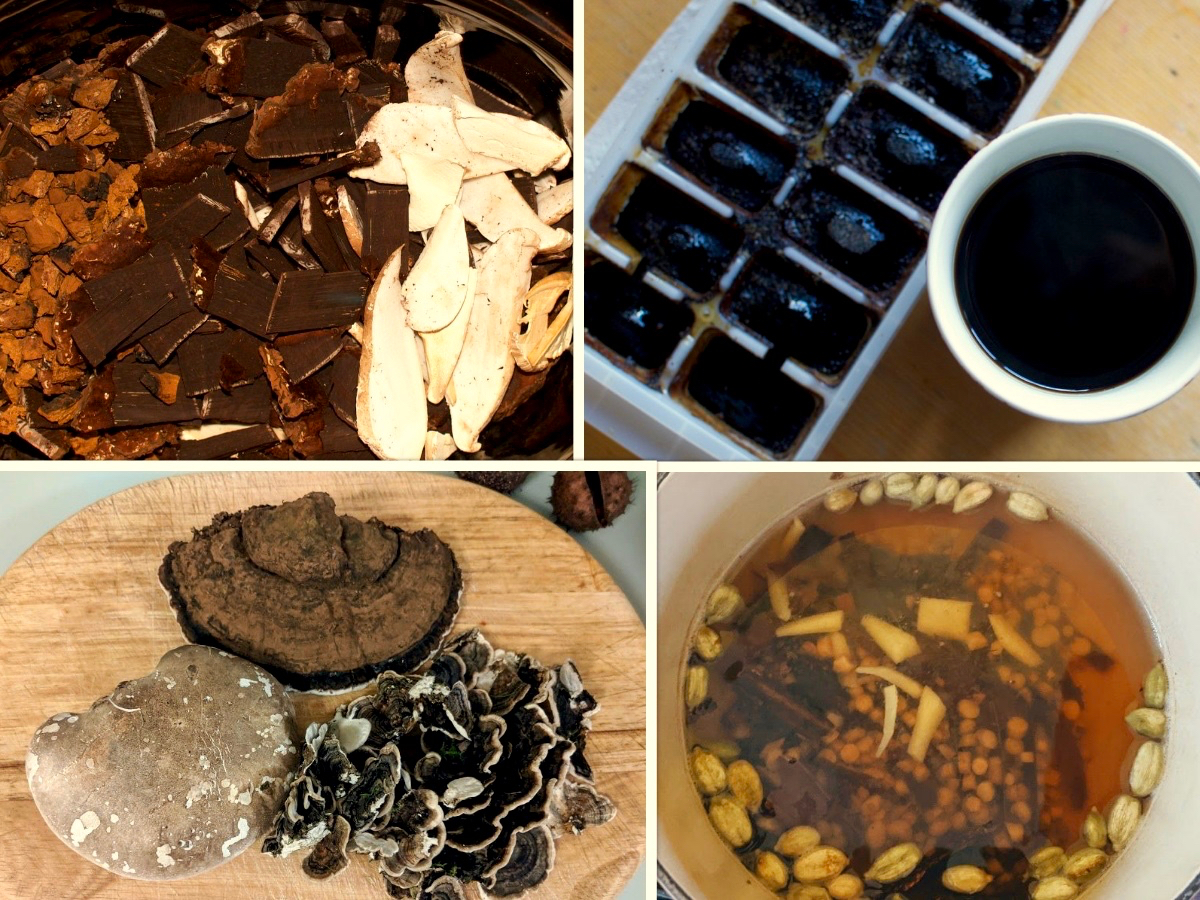
Kitchen cupboard Remedies – Even if you have never taken herbal medicine before it’s likely that you have some in your kitchen cupboards. Spices such as cinnamon, cardamom, turmeric and ginger can all be helpful in building our resilience. Apparently doctors in China who were working with affected patients were given decoctions of herbs including ginger, cinnamon and liquorice to boost their defences. The warming spices help to clear mucus, deepen breathing and keep the circulation flowing, all of which can be helpful in this illness.
Herbs like sage, rosemary and thyme also have anti-microbial and warming properties.
Two ways I like to include these herbs and spices in my daily diet are in decoctions (a tea that’s allowed to simmer for 20 mins or more) and in stocks which can regularly be added to soups, stews and sauces.
Mushrooms contain beta-glucans which enhance immune function and are an excellent addition to the stock recipe. I tend to use medicinal mushrooms that I have foraged and dried but you can also use mushrooms like shitakes or even button mushrooms that are easily available in the shops. An added bonus is that if you leave shitake mushrooms with their gills up in the sunlight for a few hours they will dramatically increase their levels of Vitamin D, an essential vitamin for immune function.
Warming apple tea recipe: These herbs can be simmered in two cups of water to make a simple tea or in half water, half natural pressed apple juice (with no added sugar) to make a tasty mulled apple tea. You can omit any spices that you don’t have or use powdered instead of whole ones.
1 cup water
1 cup pure apple juice
2 cinnamon sticks
8 cardamom pods
Half an inch of ginger, peeled and thinly sliced
2 star anise
Simmer together for 20 mins, strain into mugs and enjoy.
Immune enhancing stock: I make this stock in the slow cooker overnight but if you don’t have one it can be easily done in a pan on a low heat over the course of several hours. (Obviously do this in the daytime when you are around and keep checking the water has not boiled away, adding more if and when it’s necessary.) This is a guide only and you can play about with the ingredients that you have on hand. If you don’t like chilli for example you can leave it out.
Basic Stock ingredients:
1 pack Shitake mushrooms
Veggie peelings and leftovers such as carrot, squash, leek
Turmeric finely sliced or powdered
Black pepper
Garlic
Ginger
Chilli
Greens such as cabbage or kale
1 tablespoon coconut oil
Enough water to cover and for all the ingredients to move around freely.
Additional herbs that can be included in this preparation if you have access to them include: Medicinal mushrooms such as birch polypore, turkey tail, ganoderma and chaga; Astragaulus root; berries such as elderberries*, rosehips or hawthorns.
*There is some concern over the suitability of elderberry for COVID-19, this is mainly theoretical at present but, even if it is an issue, in this quantity I would consider it safe.
Once the stock is done and strained I like to freeze it into ice cube trays then add one to my cooking or to a cup of hot water to drink a couple of times a day.
Wild plants: With spring bursting forth in the hedgerows there are some commonly growing herbs that can be harvested now to help support our lymphatic system, which in turn allows for the proper functioning of the immune system. Perhaps the most widely available of these is cleavers, Gallium aparine, otherwise known as sticky weed or goosegrass. Here is an old post from 2010 which gives a bit more detail about how to use this herb. Wild garlic is also growing plentifully at the moment and is a wonderful plant with anti-microbial properties which also moves circulation and thins mucus.
Though not so specific for the immune system, wild greens like nettle and chickweed will supply you with plenty of nutrients which in turn will support the whole body.
Caring for the Respiratory System
COVID-19 affects the respiratory system with many patients experiencing a dry cough and breathing difficulties which can lead to further complications. Here are some simple ways we can take care of ourselves and strengthen this vital part of our bodies.
Deep breathing is important to open the airways and clear out the lungs so they are functioning optimally incase illness comes our way. Gentle movement also helps with this.
There are many herbs that can help support the health of our lungs and move out congestion. These recommendations are based on those that are easily available but please do consult with a herbalist in cases of pre-existing conditions.
Liquorice, Glycyrrhiza glabra, tea is excellent for supporting the lungs and is now available in some supermarkets, though care must be taken for those prone to high blood pressure as it can exacerbate the condition. Opt for one of the other herbs in this case.
Cinnamon, Cinnamomum spp., opens the airways, is anti-microbial and deepens breathing.
Plantain is a wild plant that is commonly found in gardens and grassy areas. Both broadleaf plantain, Plantago major, and ribwort plantain, Plantago lanceolata, are useful herbs for strengthening and soothing the lungs. They can easily be made into a tea to drink three times a day and are especially useful for a dry cough.
Thyme, Thymus vulgaris, is a wonderful warming lung herb that helps to calm the cough reflex, clear mucus and open the airways. It’s another common garden herb and is easily available in supermarkets both fresh and dried.
Essentials oils can also be very useful as they generally have an anti-microbial effect and can help to deepen breathing.
Aside from teas, here are some more suggestions for incorporating these herbs and oils into your day:
- Footbaths: Make a strong infusion of lavender and thyme herbs or use a few drops of the essential oils diluted in a tablespoon of base oil and add to a hot footbath to make a lovely treatment which will de-stress and support the immune and respiratory systems all at the same time.
- Diffuser: Most essential oils will have a cleansing and anti-microbial effect when used in a diffuser or oil burner. Frankincense, thyme, lavender, silver fir, pine or eucalyptus all make great choices for the respiratory system. A little diffuser on your desk if you are still working in an office is particularly useful to purify the air around you.
- Inhalation: Steaming your face over a bowl of hot water containing a strong tea or a few drops of thyme, tea tree, eucalyptus or lavender can be a lovely way to clear the sinuses and support the immune system. Cover your head and the bowl with a towel to keep the steam in. Chamomile is a great choice where tissues feel sore and inflamed.
- Chest salve: A chest salve makes an effective immune and respiratory supporting treatment that is great for adults and children alike, though care must be taken with the oils chosen and the strength of the blend for children. I would recommend a blend of herbal infused oils rather than essential oils for very young children under the age of 2.
A very simple chest rub can be made with the following ingredients:
- 90 ml sunflower oil
- 10 ml beeswax
- 50 drops essential oil – for example; 25 each of thyme linalol and eucalyptus radiata
Melt the beeswax in a bain marie and add the sunflower oil, mixing well. Remove from the heat and pour into a 100ml jar. Allow to cool slightly (but not set) and stir in the essential oils. Allow to set properly before using by rubbing a generous amount over the chest area and upper back. Breathe deeply.
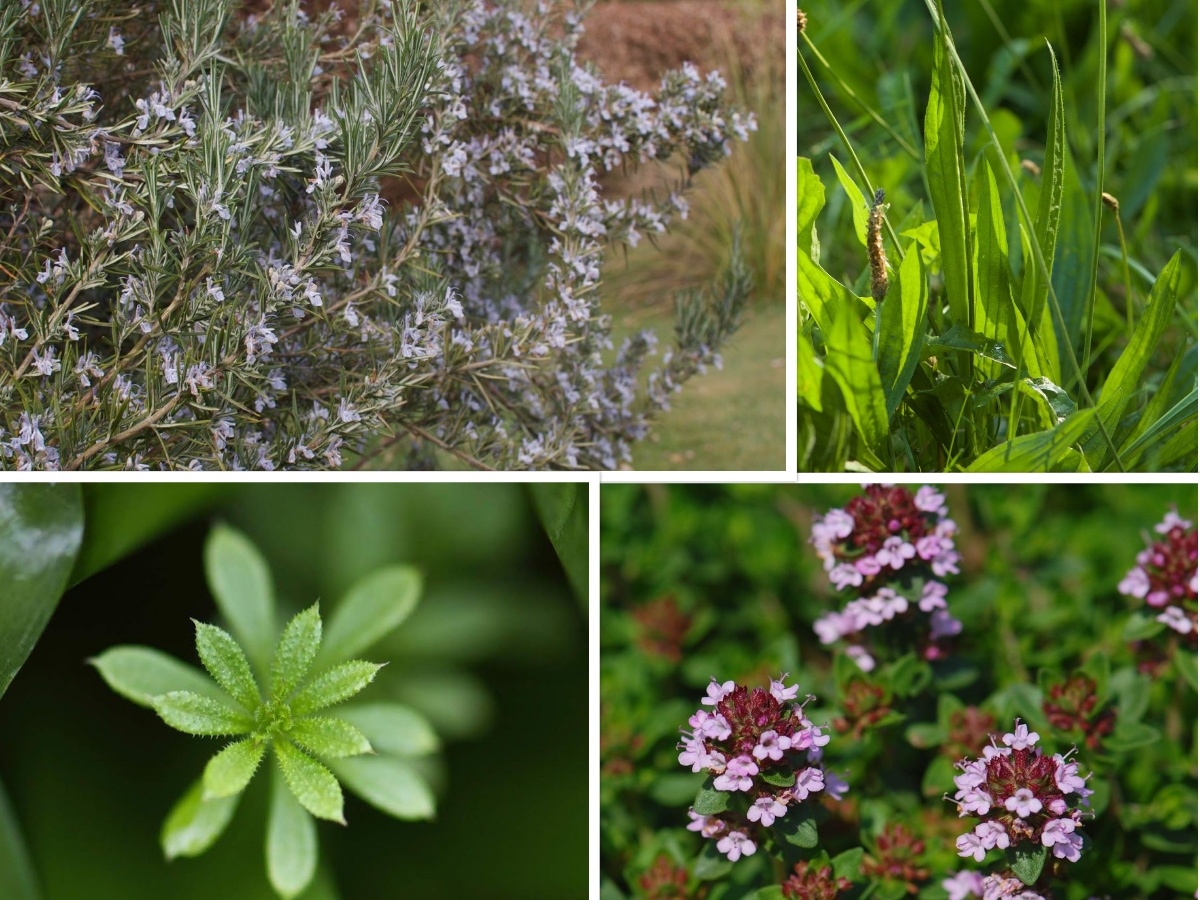
Paying Attention to Mental Health
One of the most important aspects of caring for ourselves and each other during the coming months is looking after our mental health. There is a huge amount of collective anxiety at the moment and many are feeling it. Being comfortable with the unknown is deeply challenging for many of us and it’s important to recognise these feelings and seek support from friends, family and professionals if need be. Many people struggle with isolation, especially those who live alone and it is easy to forget how many people there are in our society without a good support network. Reaching out to those who may be feeling low or anxious is our collective responsibility though it can be hard to know who is really in need in our fractured communities. Some areas are starting facebook groups where people can access support and community groups may know of elderly people who need supplies or someone to talk to on the phone.
There are many herbs that can help us with anxiety and low mood and it is best to seek professional advice if you are really in need. However there a few plants commonly grown in gardens or easily available as teas in the shop that can help soothe our minds and brighten our day. These include:
Rosemary – a very common garden plant, rosemary is both stimulating and calming, helping us feel more awake but more grounded. It’s also uplifting and warming and has anti-microbial properties making it an ideal choice at this time.
Lemon balm – also often found in gardens and growing wild lemon balm is a lovely relaxing herb that also has anti-viral properties. It’s just coming up in my garden and soon I will be able to harvest it for teas. It combines really well with rosemary to make a delicious brew.
Chamomile – is a lovely soothing tea and is readily available in the shops. It’s also useful for calming low grade fevers, especially in children.
Deep breathing is not only great for keeping the lungs healthy but also for calming the nervous system.
Wishing you all health and happiness.
N.B. Please remember to make sure you have a good guide book and are 100% sure on your identification before you pick and use wild plants. Also be sure to forage mindfully being aware of the wildlife that also depends on the plants and to avoid areas that may be sprayed, such as some parks.
